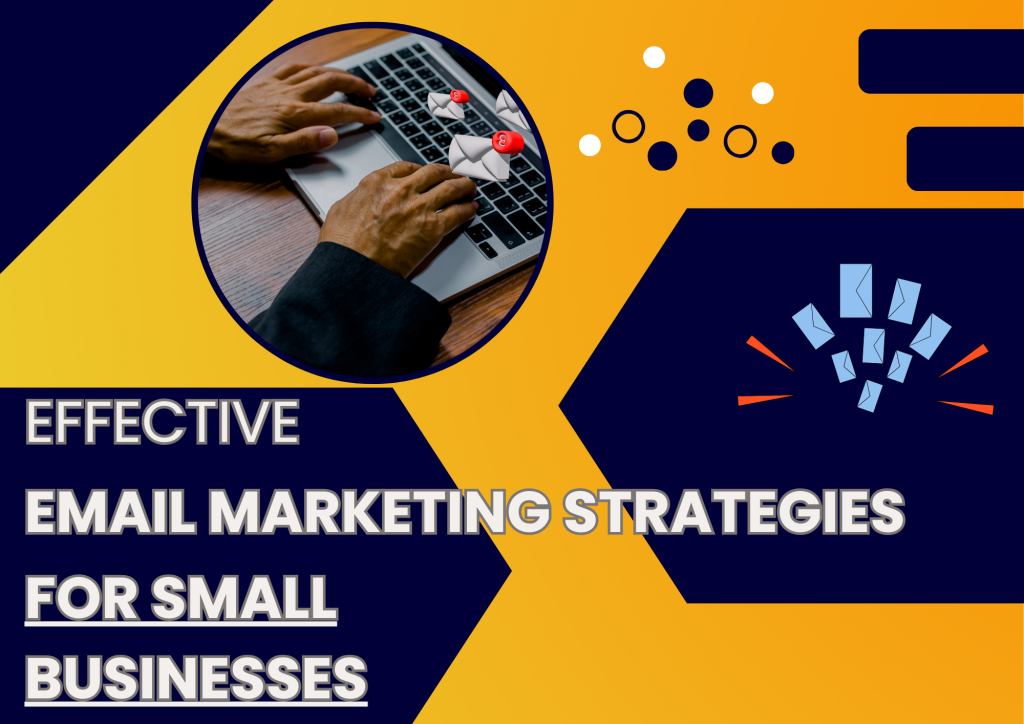
A major challenge for small businesses is to compete with big companies due to a lack of resources, time, and budget to market your services or products. Although email marketing is the simplest way to connect with your customers in a personalized way.
This method might seem easy to use, however, it can be a task to engage with your customers, build relationships, and foster loyalty.
In this blog, we’ll explain everything you need to know about email marketing and how to create or improve your email marketing strategies!
What is email marketing?
Email marketing is a form of digital marketing where you send an email to all your potential audience, to raise brand awareness, build a relationship, promote customer loyalty, share discounts or offers, inform about new products, etc.
Why is it important for your business?
Email marketing affects these important aspects of business profit like the number of customers, number of purchases per customer, and average order value. If you use the correct email marketing strategy then you can influence all these three at the same time for your benefit.
You can attract more customers through email marketing by sending a welcome email campaign. It also generates brand awareness.
You can influence the number of purchases per customer by sending automation emails depending on the customer’s actions. Like you have left something in the cart email, abandonment cart email, newsletter, product launch, etc.
You can influence average order value by sending promotional emails, win-back emails, etc. Win-back emails also increase lifetime value and customer retention.
Benefits of email marketing
- Low cost
- Reliable channel
- Build customer relationship
- Retain customers & foster loyalty
- Higher ROI & conversions
- Targeted and personalized communication
- Measurable results & first-party data
- Increase brand awareness & reach
- Easy to set & use
- Control on viewership of the campaign
- Generate traffic on the website
- Nurture leads
- Brand Credibility
- Different types of email campaigns depending on your goals
Challenges of email marketing
Email marketing has many advantages but at the same time, there are some challenges that one needs to overcome in order to create a successful email marketing campaign. These challenges are
- Chances of being spammy- whenever you’re sending an email make sure that your email lands in inbox and not in spam. To avoid this you should send relevant emails, monitor your email list, enhance your domain and reputation, avoid using spammy words in the subject line, make sure you include an unsubscribe option in your email, etc.
- Delivery issue- make sure you have removed unresponsive users and fake email IDs, validate email id before sending, and have sun set policy, etc to make sure your email lands in your inbox
- Design issues- create a responsive design so that irrespective of the gadget used, they can read your email comfortably. Nowadays many email marketing platforms can help you in resolving this issue.
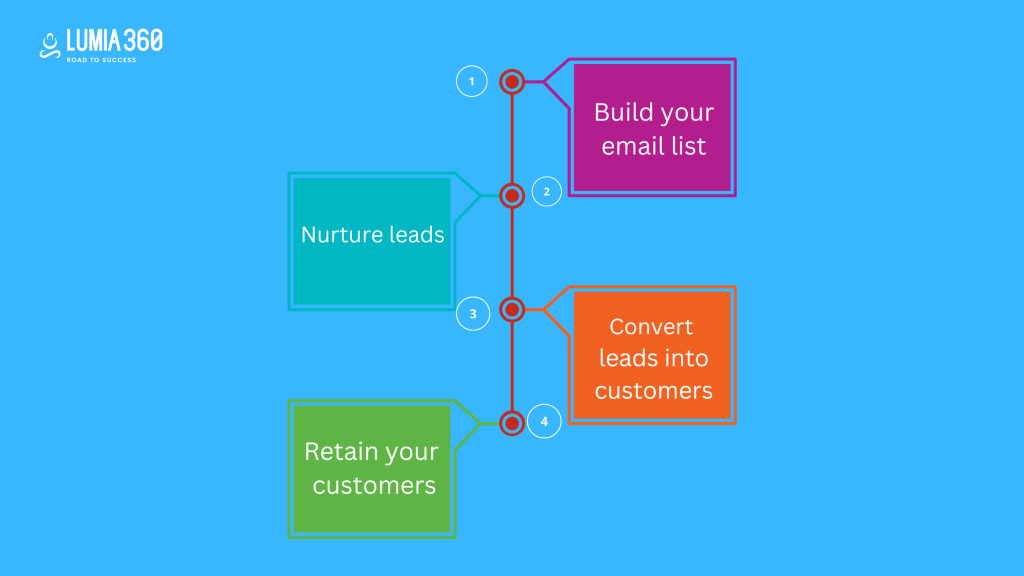
What is the email funnel?
It refers to the journey of your customer through the email marketing funnel. From converting the target audience to leads to customers by providing them with relevant and engaging content at each stage.
However small businesses have a disadvantage as compared to big businesses, as their product is less popular or people are less aware of their products. Hence they must create a strategic and effective email funnel.
Step 1: Build email list
The email list includes your subscribers that have gained from your blog or website. It forms the base of your email funnel and is therefore the most important step in the email funnel.
You must create engaging and informative content, otherwise your customers may unsubscribe or opt out of your email campaign.
They must engage with your content because only then they’ll convert to the next stage. Your email list allows you to nurture these customers. You can increase your email list by adding opt-in form on your website, using lead magnets, etc.
Step 2: Nurture leads
Once you have a lead, you must keep them engaged and nurture them by sending personalized & relevant content.
An effective nurturing strategy builds trust & interest in your audience and increases their chances of converting into a buying customer.
Step 3: Conversion
If your customer has reached this stage the chances of them converting into a customer increase. You can use a time-sensitive offer or a discount on their preferred product or service, so that their chance of converting increases.
Step 4: Retention
Since you’re a small business you can’t afford to lose your customers and have to grow your customer base more to compete with big businesses. Thus you must convert these occasional buyers into a regular buyer. You can do so by providing good customer support or service, asking for their feedback or reviews, keeping them updated by sending engaging emails regarding your products & services, offer incentives, highlight their feedback, and trying to convert them into your brands’ advocates or loyal customers

Creating an email campaign
To set up an email marketing channel you must follow these practices
- Create an effective email marketing strategy & plan- have a clear goal for your email marketing campaign. Select the right target audience, select the frequency of the campaign, and a follow-up plan. Statistics show that only 20% leads follow up, which is a low conversion rate. Thus as a small business make sure you have a clear plan and strategy beforehand so that you don’t miss this opportunity.
- Choose email marketing platform: choose a platform that provides better results to you in less time and money. While selecting a platform you should take a decision based on these factors: no. Of the email you want to send & that no. Of emails the platform sends, have drag and drop email builder, helps in list management, customer support, segmentation & personalization feature.
- Choose the type of email you want to send: based on your objective you can send the following types of emails, promotional emails, transactional emails, newsletters, etc.
- Design: create an attractive responsive design and engaging content. Your email content should have a clear message, effective subject line, simple easy-to-read content, and clear CTA. Whereas your design should be responsive, interactive AMP email, etc.
- Setting up the campaign: make sure your email is free of errors, you can test emails or use email testing tools as well. Make sure you send the email to the correct target group.
- Track results & optimize it: the metrics will help you in analyzing the performance of your email and how you can rework or reframe the strategies for future
- Automation: it helps in building relationships with customers and sending the right message at the right time. For example sending a thank you message or feedback message after they have made a purchase, welcome message when they sign up, birthday or anniversary messages, etc.
How email can improve your business/ best practices and tips
Knowing the right tricks and practices can be game-changing for your business. Here are a few tips that you should follow as a small business
- Segmentation & personalisation: you should divide your customers on the basis of demographics, interest, language, preferences, behavior, etc for better results.
- Effective subject line: many people decide whether to open an email or not just by reading the subject line, so make sure you write an engaging subject line.
- Choosing the correct time to send the email: know when your target audience is most active and responsive
- Clear CTA: it helps in producing the desired results from the customers
- Add alt text to images: it is designed specially for people with visual impairment or those using assistive technologies so that they can read the content of the image
- Social sharing button: it helps in building social proof,
- Automated email campaign: you can send trigger-based sequence or time-based sequence or birthday/anniversary wishes as well.
- Mobile optimized email: the majority of the population reads emails through mobile, so make sure your emails are optimized for mobile phones
- Using the analytics: use different analytics such as bounce rate, open rate, Click Through Rate, Conversion Rate, Unsubscribe Rate etc to study the performance of your campaign and reformulate strategies
- A/B Testing: compare different versions of the email to determine which one works best.
- Never buy an email list: as it can hamper your reputation
- Authenticate your email domain: it increases your trust and build credibility
- Abide by email privacy law: always abide by these laws
- Avoid unnecessary redirects and keep your copy clear and clean: keep your copy simple, clean and easy to read.
Conclusion
You should know your objectives and goals before starting an email. Along with that you should have a good knowledge about email marketing and its different features and types. As a small business it can be difficult to create a start plan but with right guidance and resources you can excel in this field with minimum resources.
Read Also: How social media optimization helps in lead generation
Read Also: Decoding Tomorrow: The Latest Marketing Analytics Trends You Need to Know



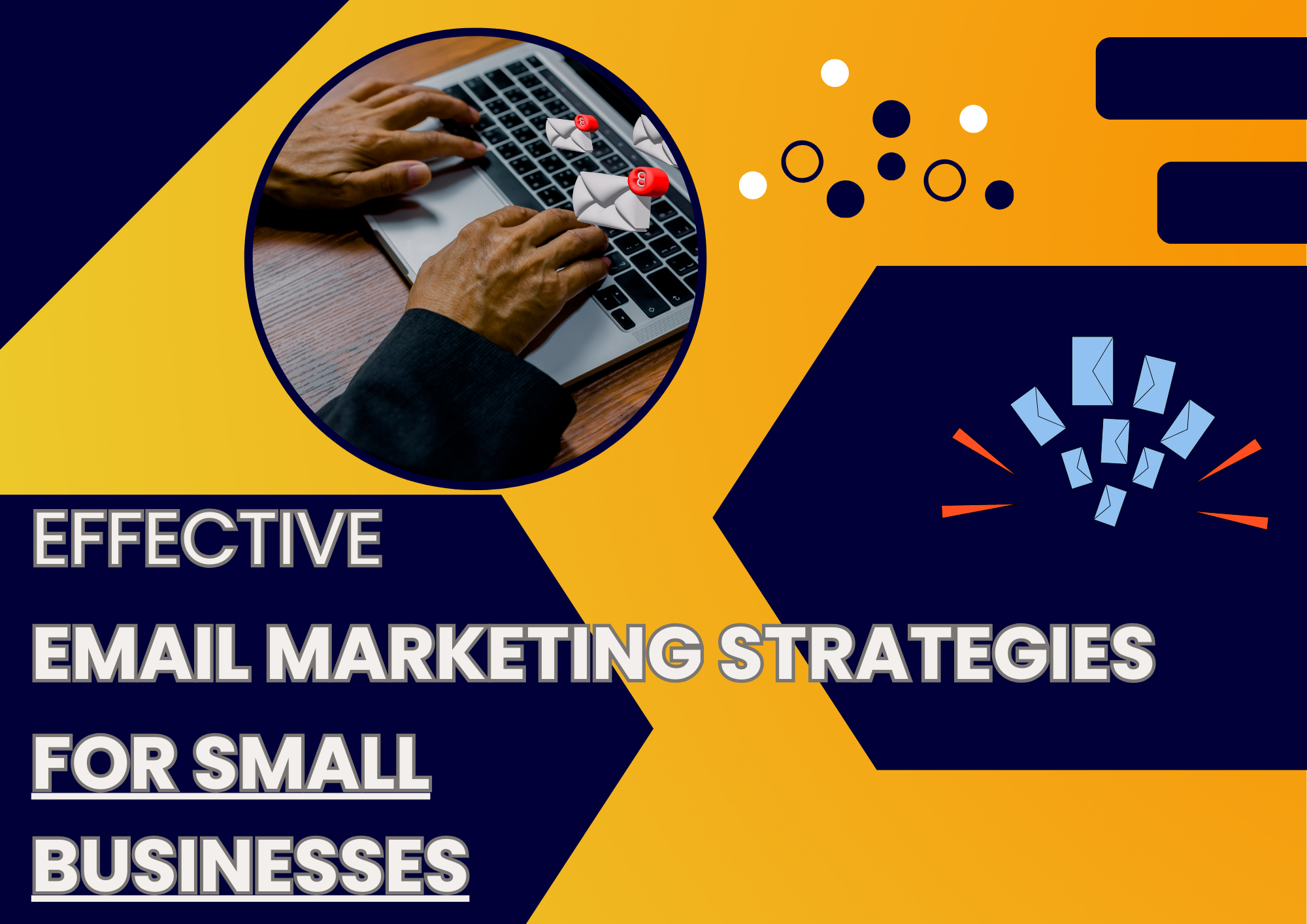
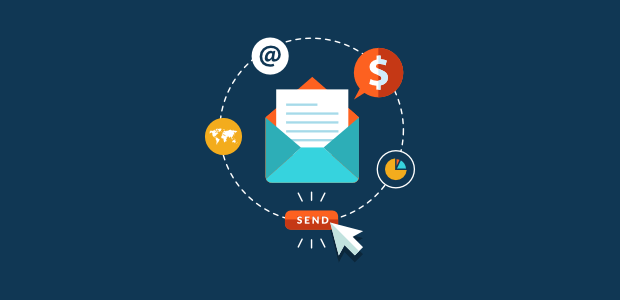
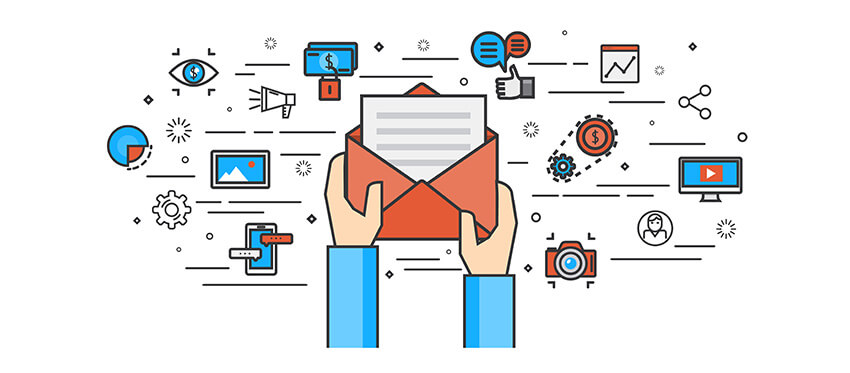
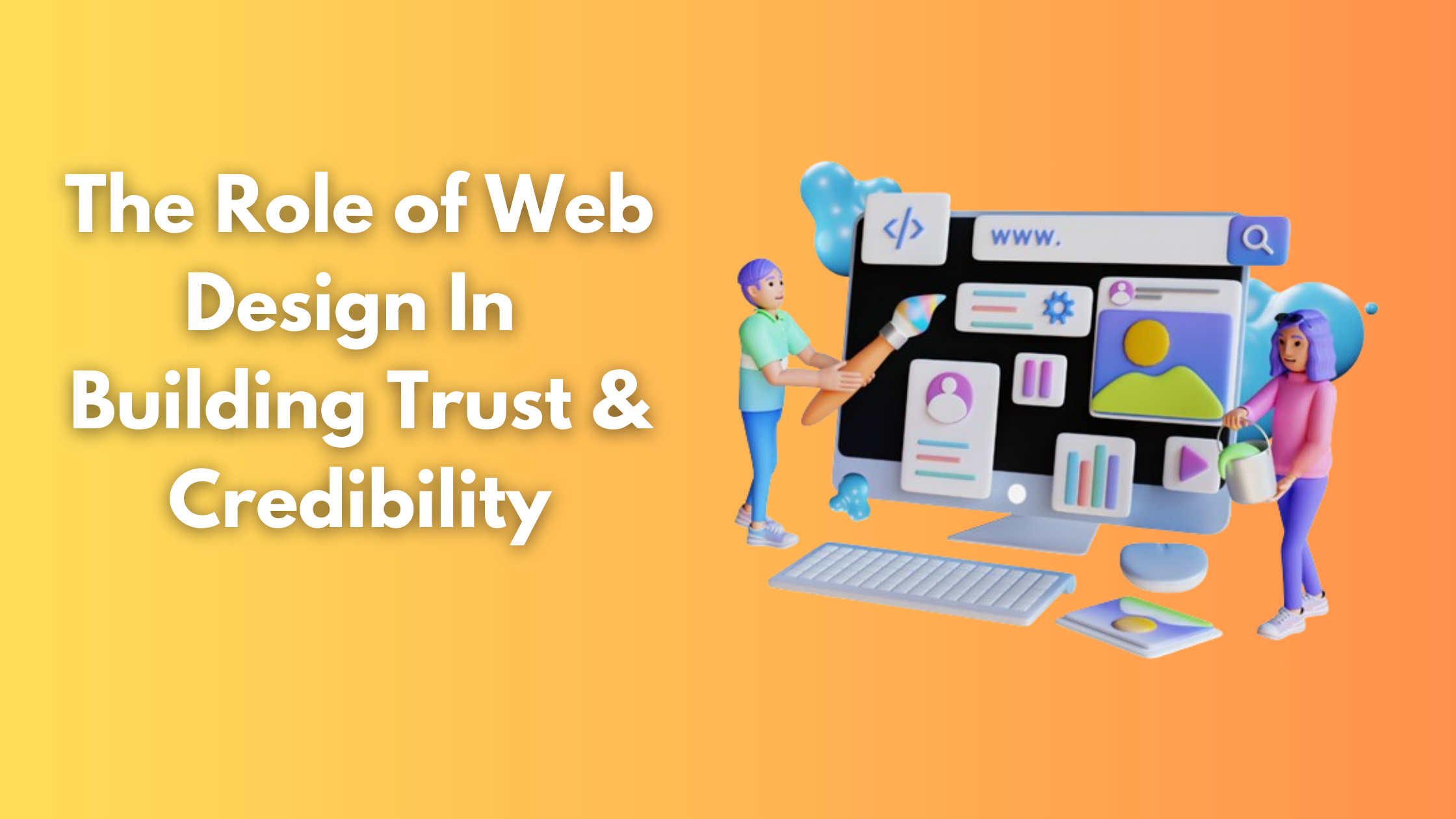
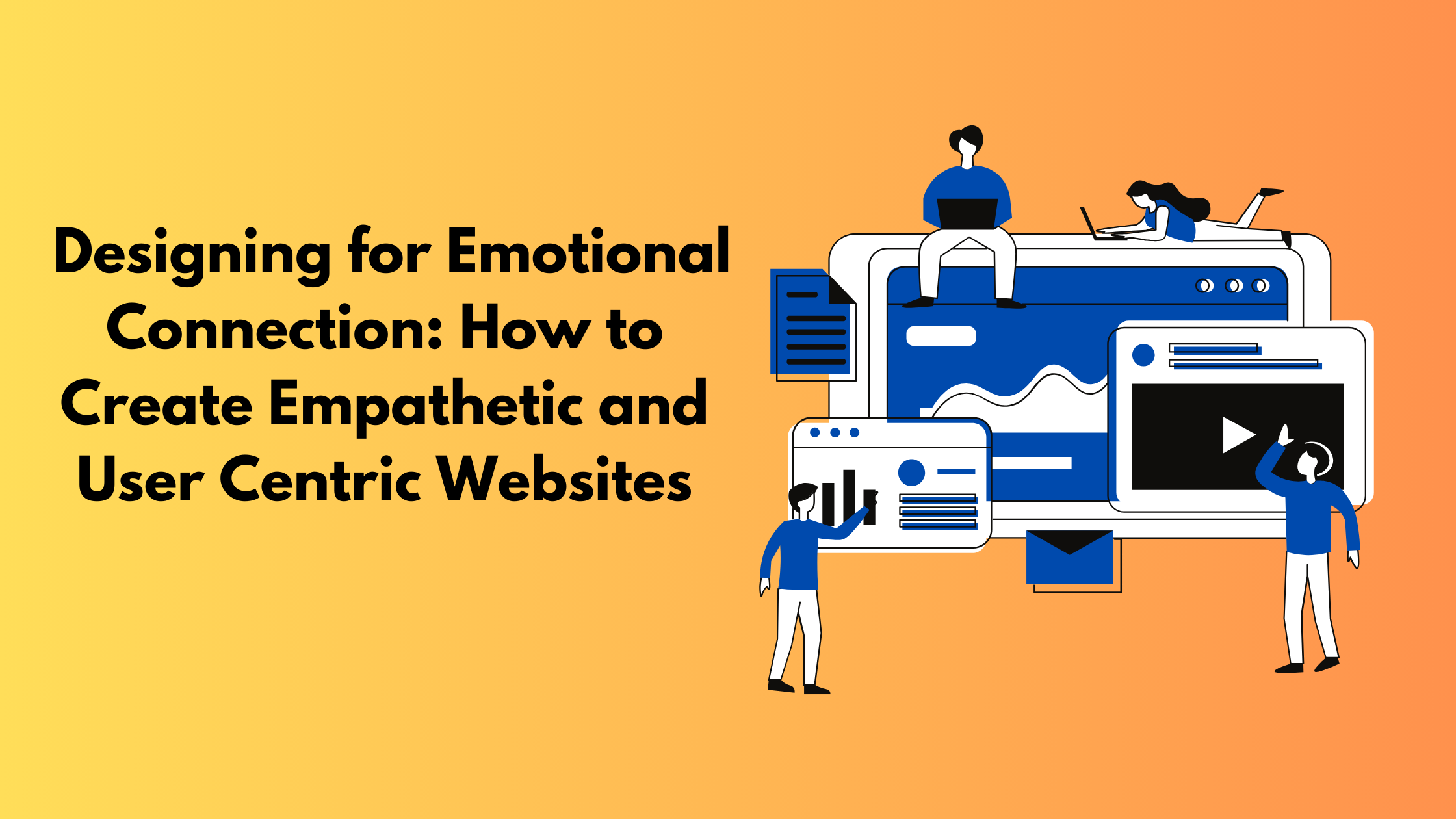
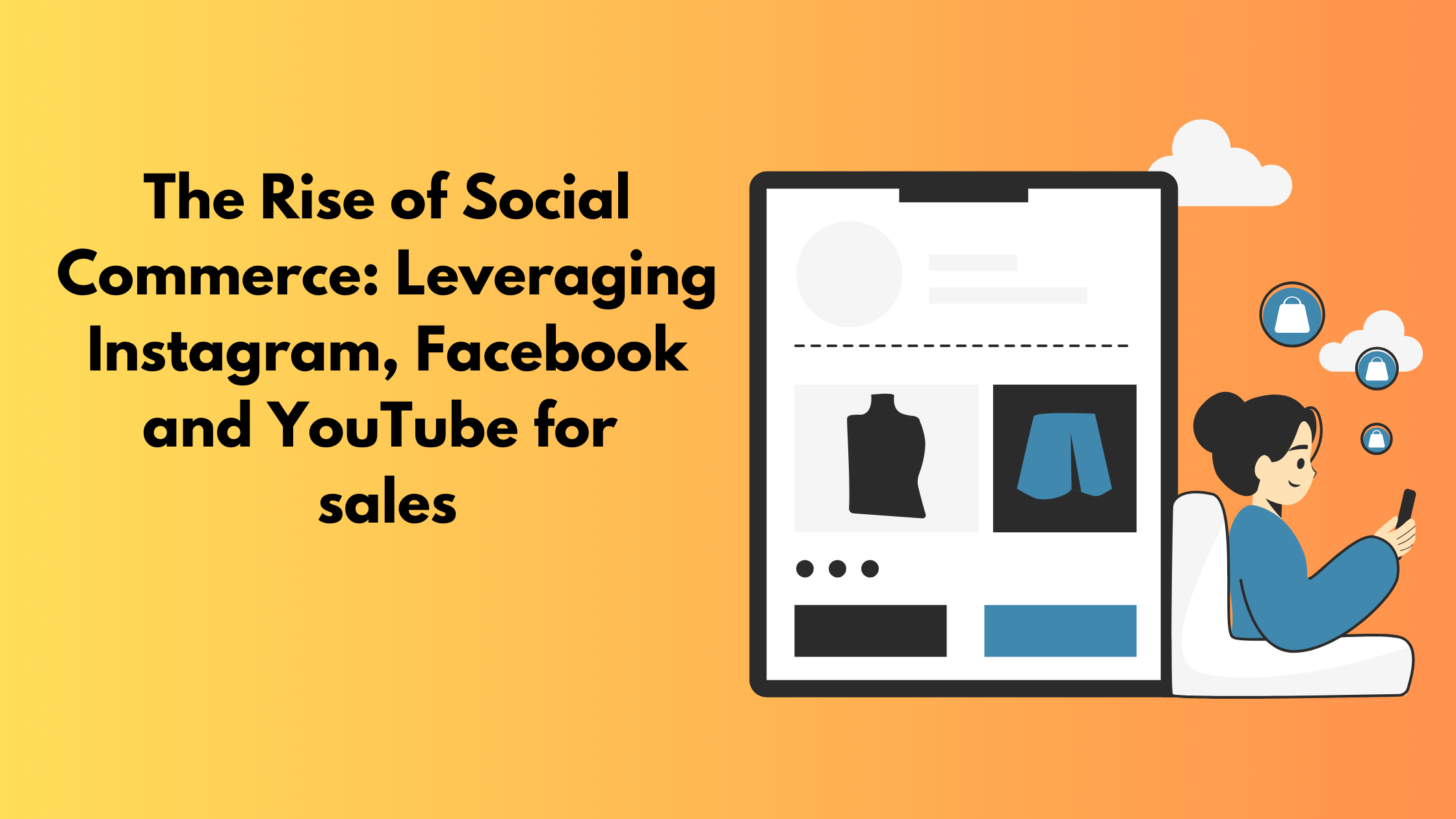

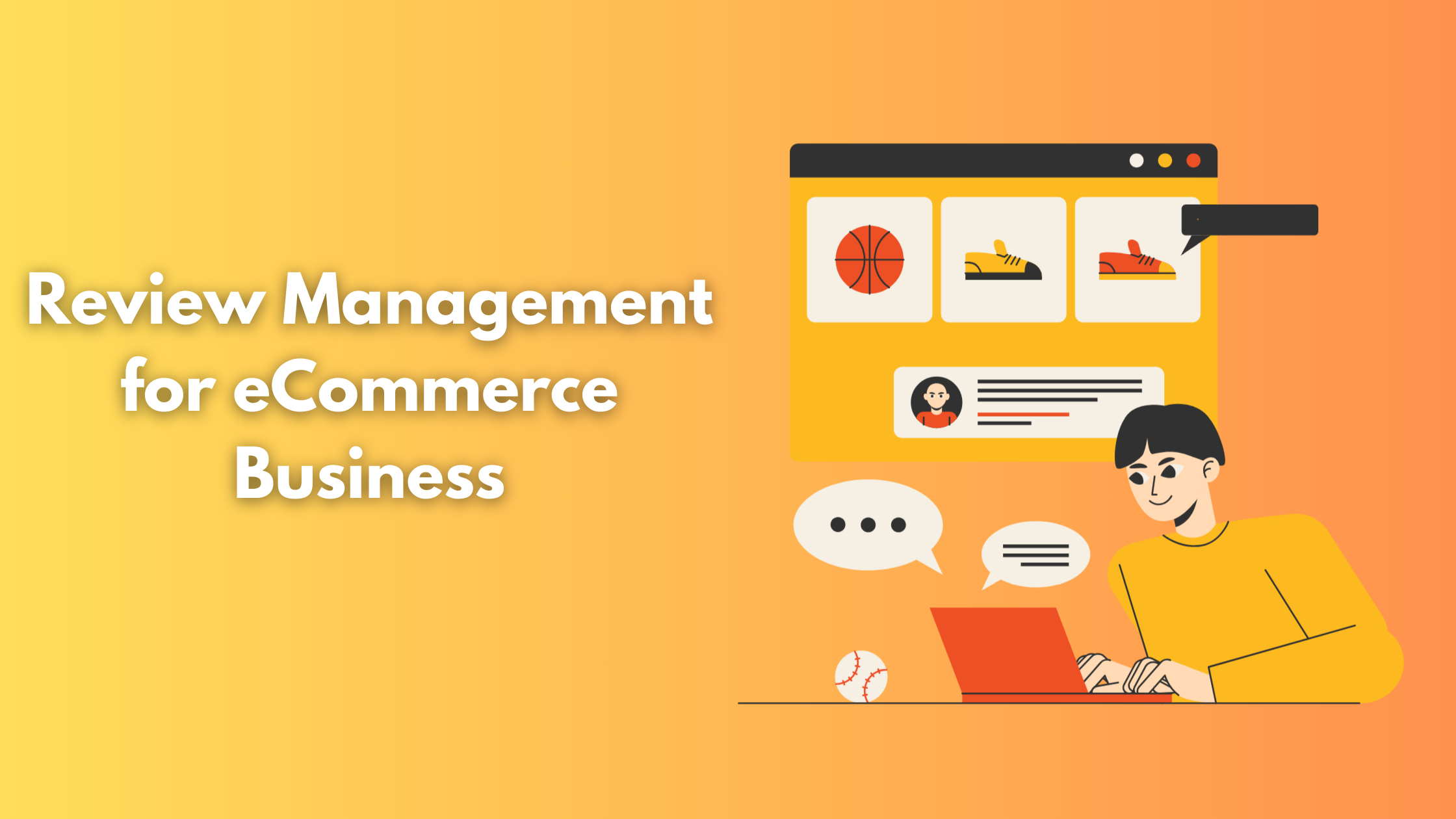


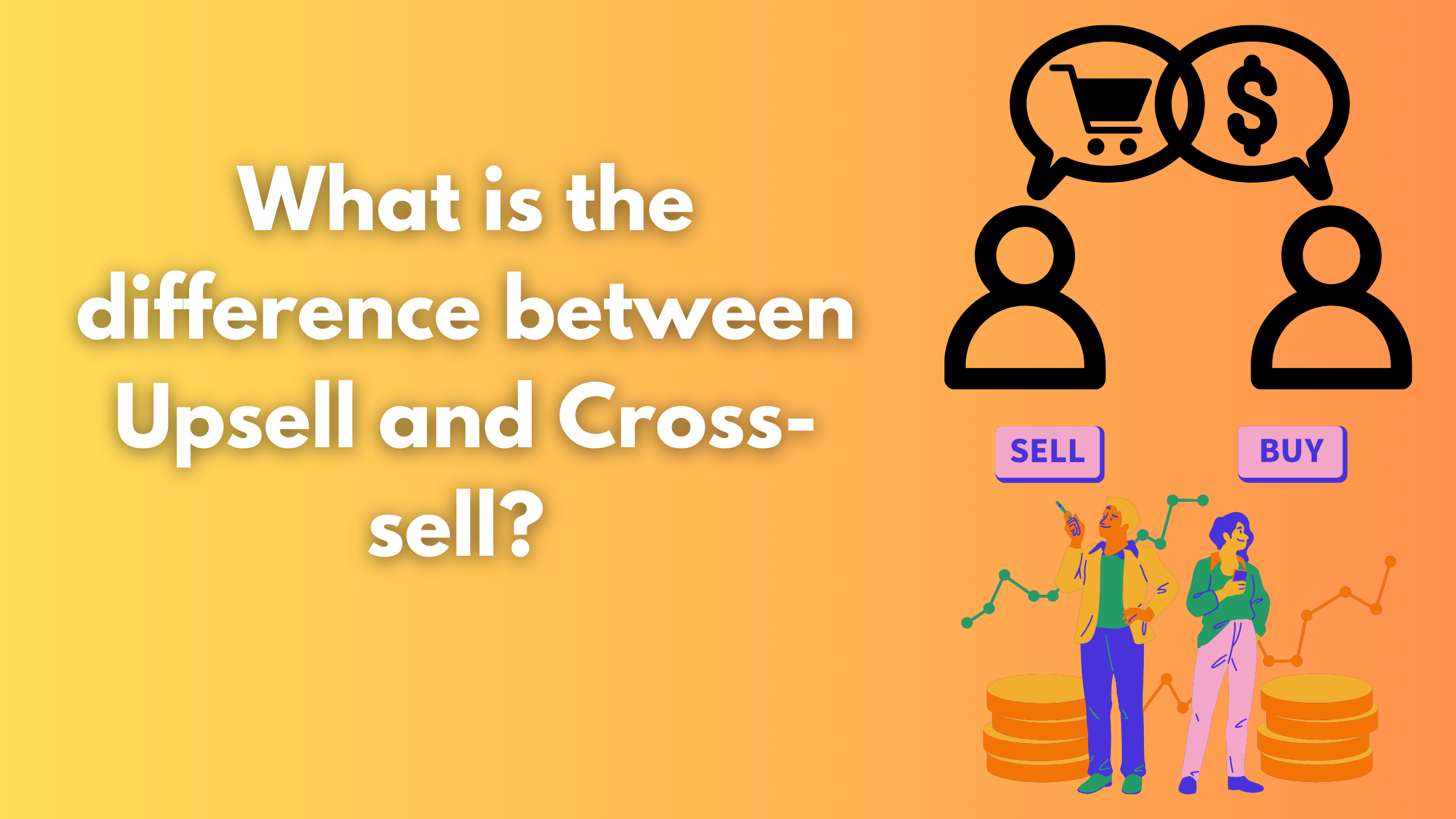
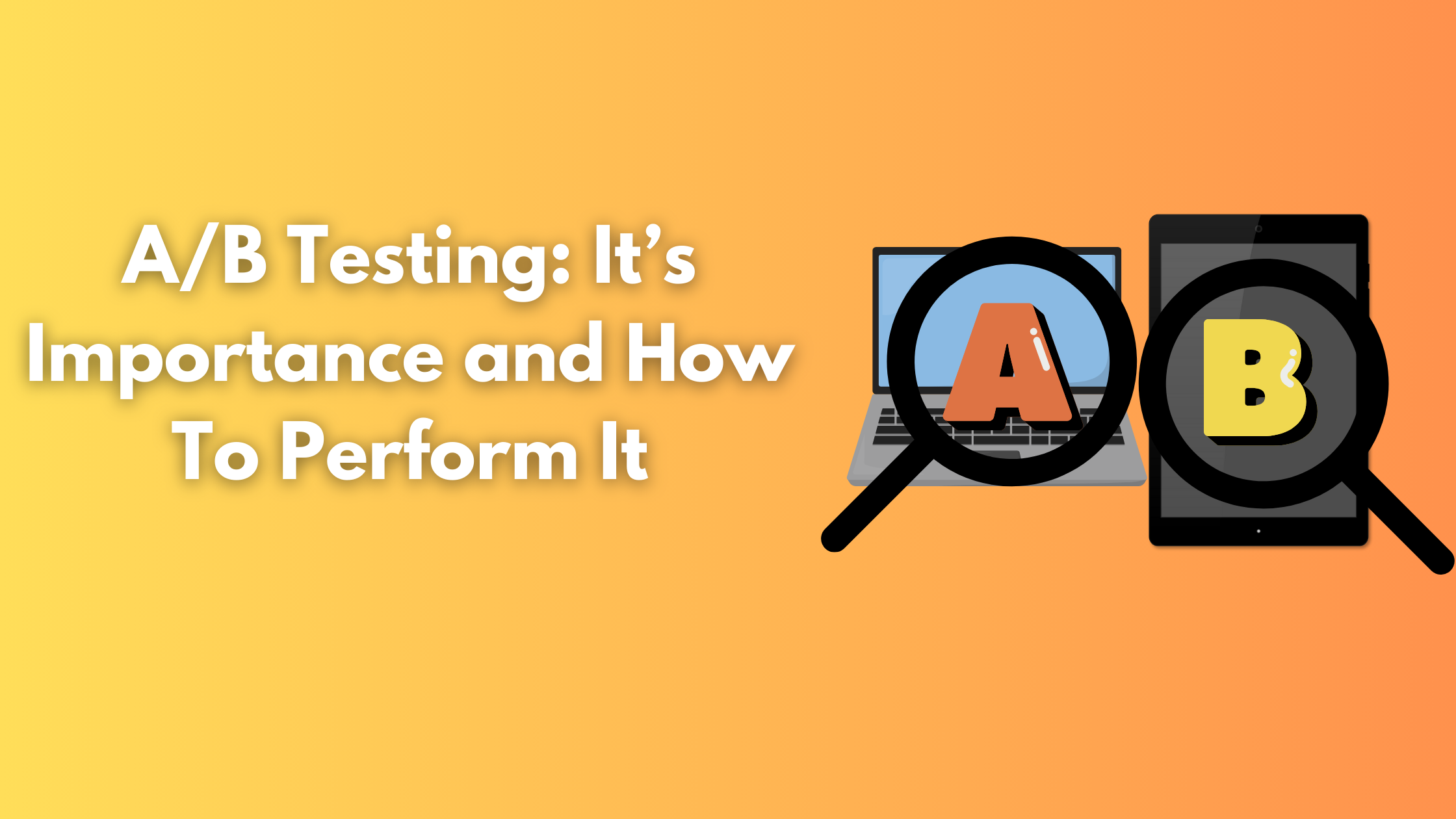
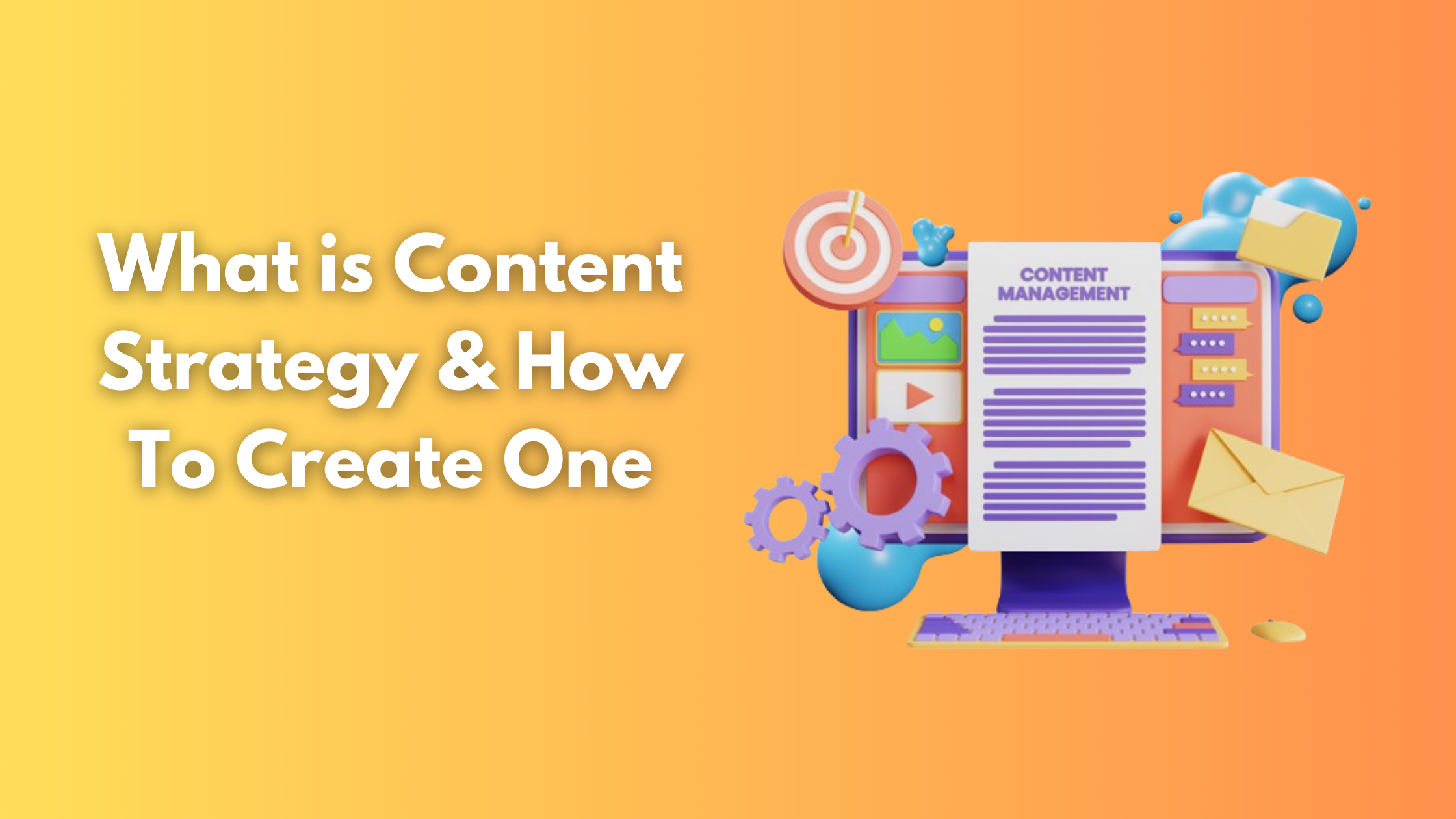
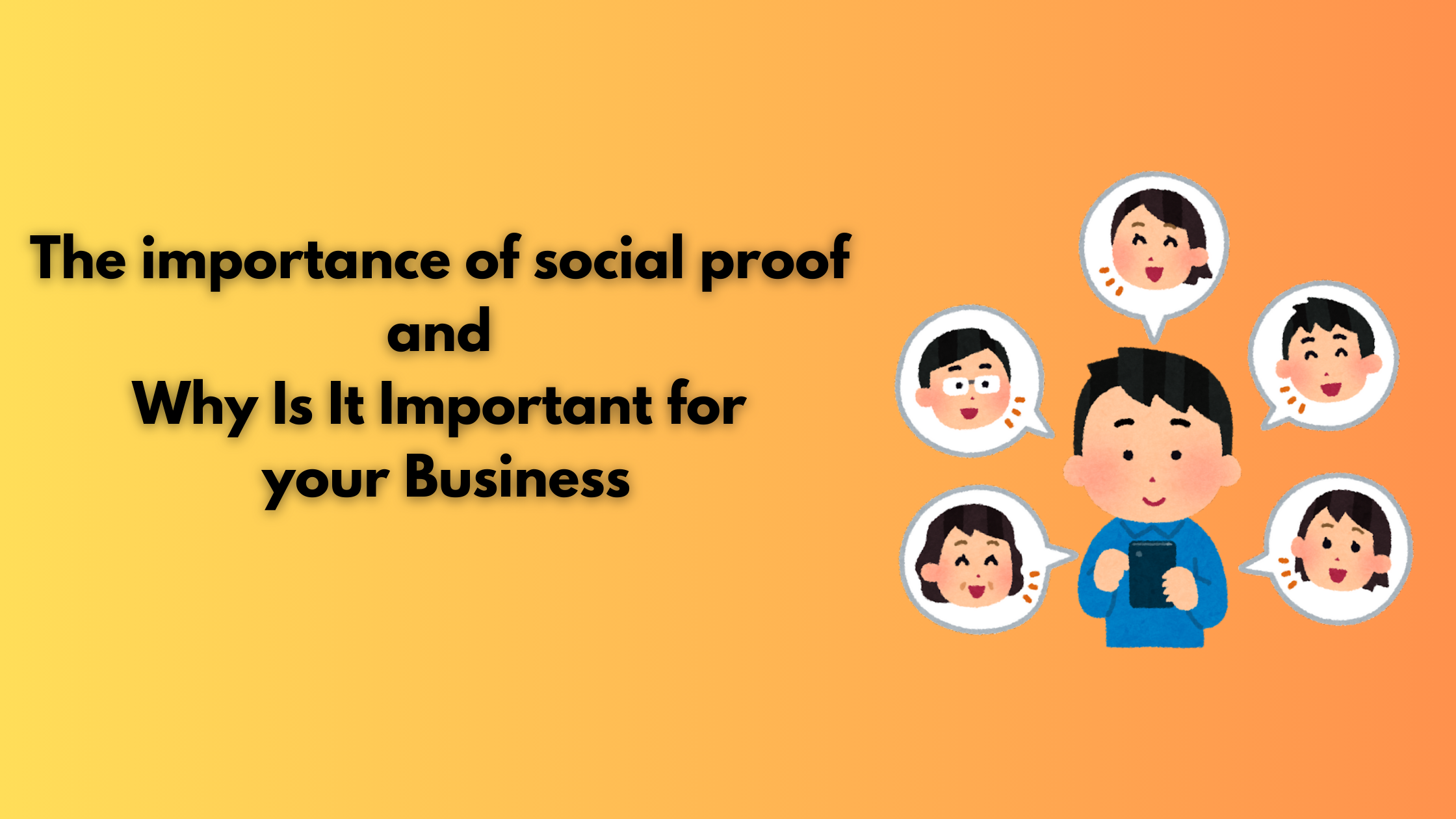
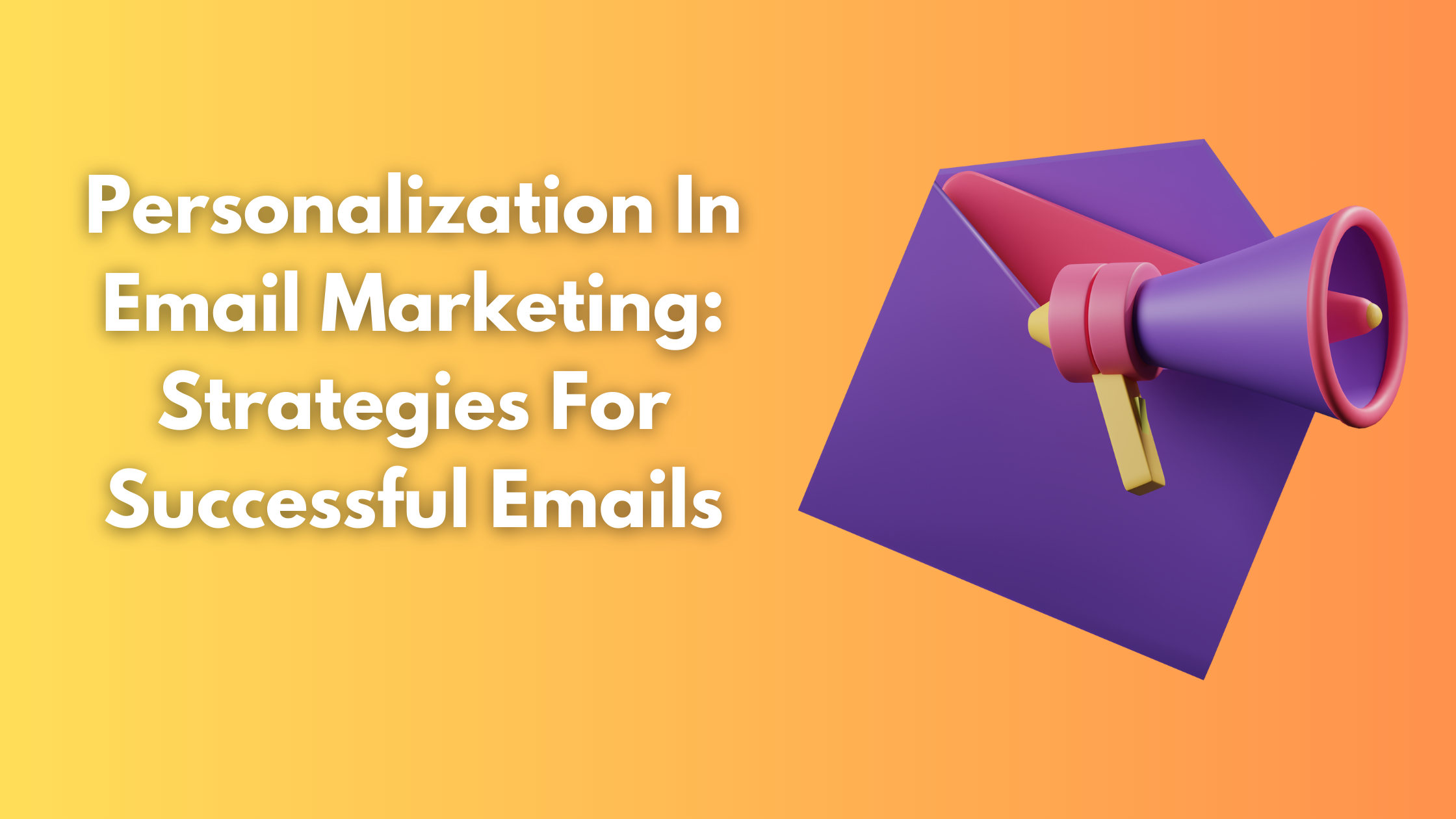
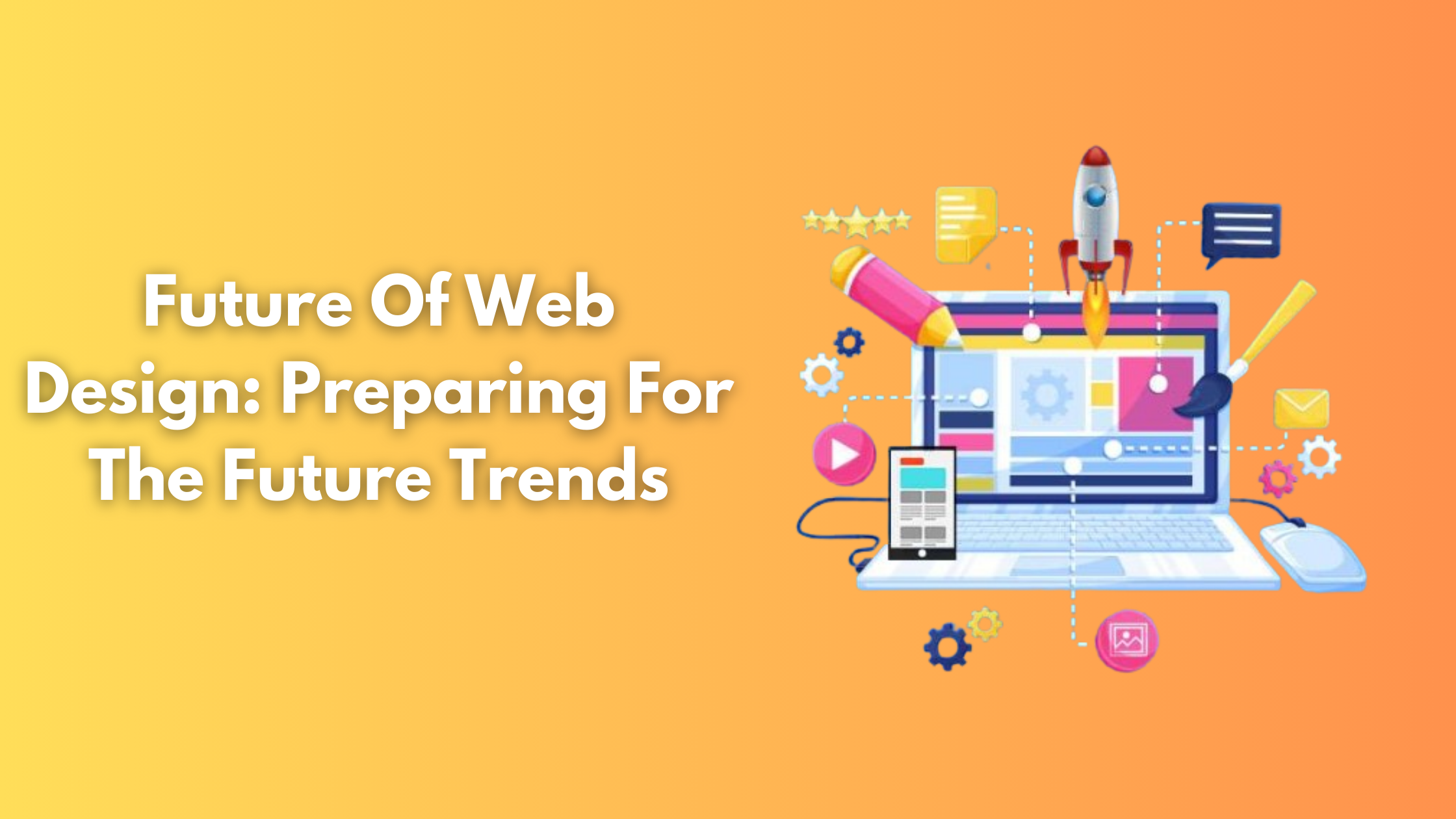

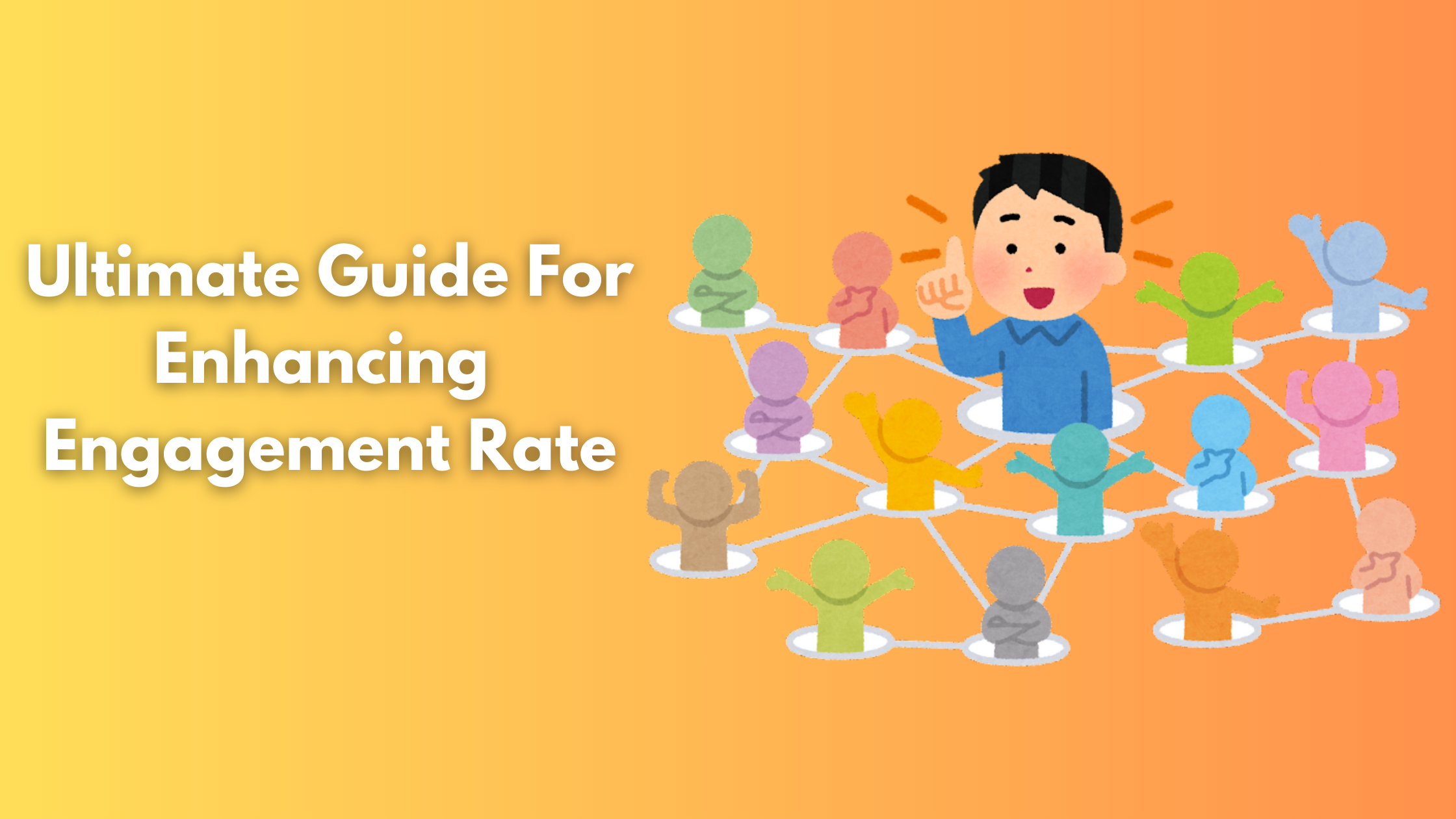
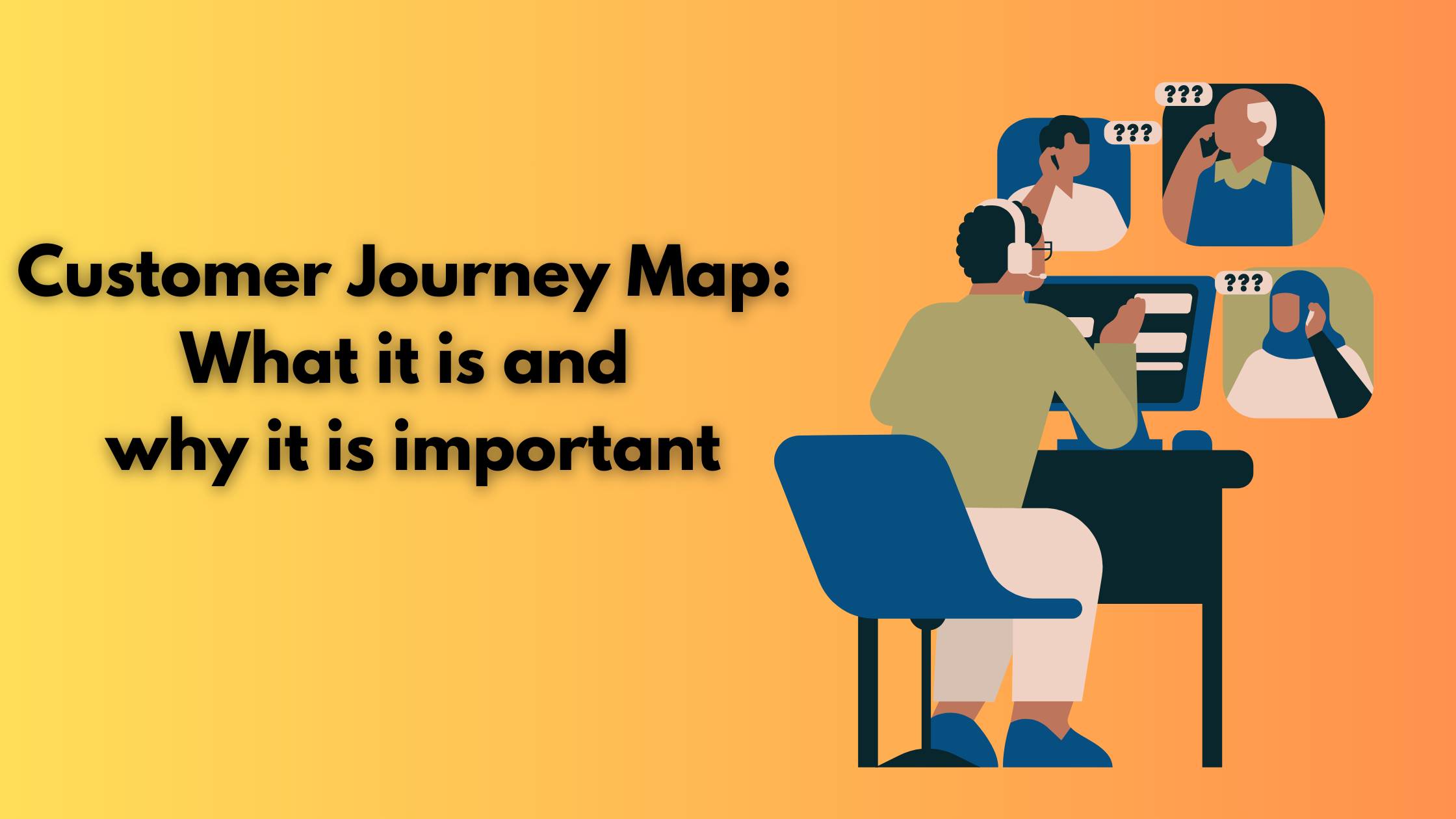
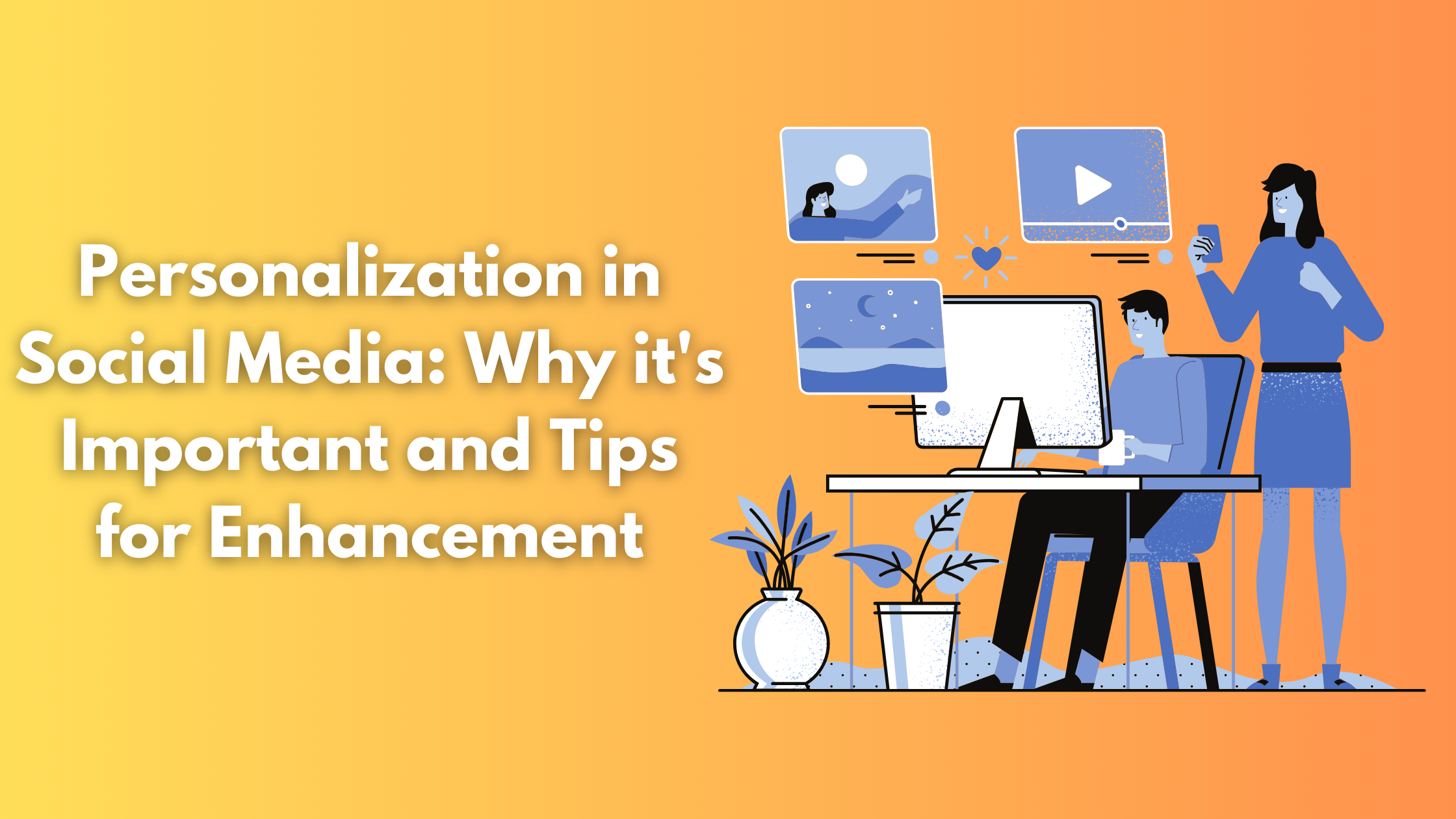
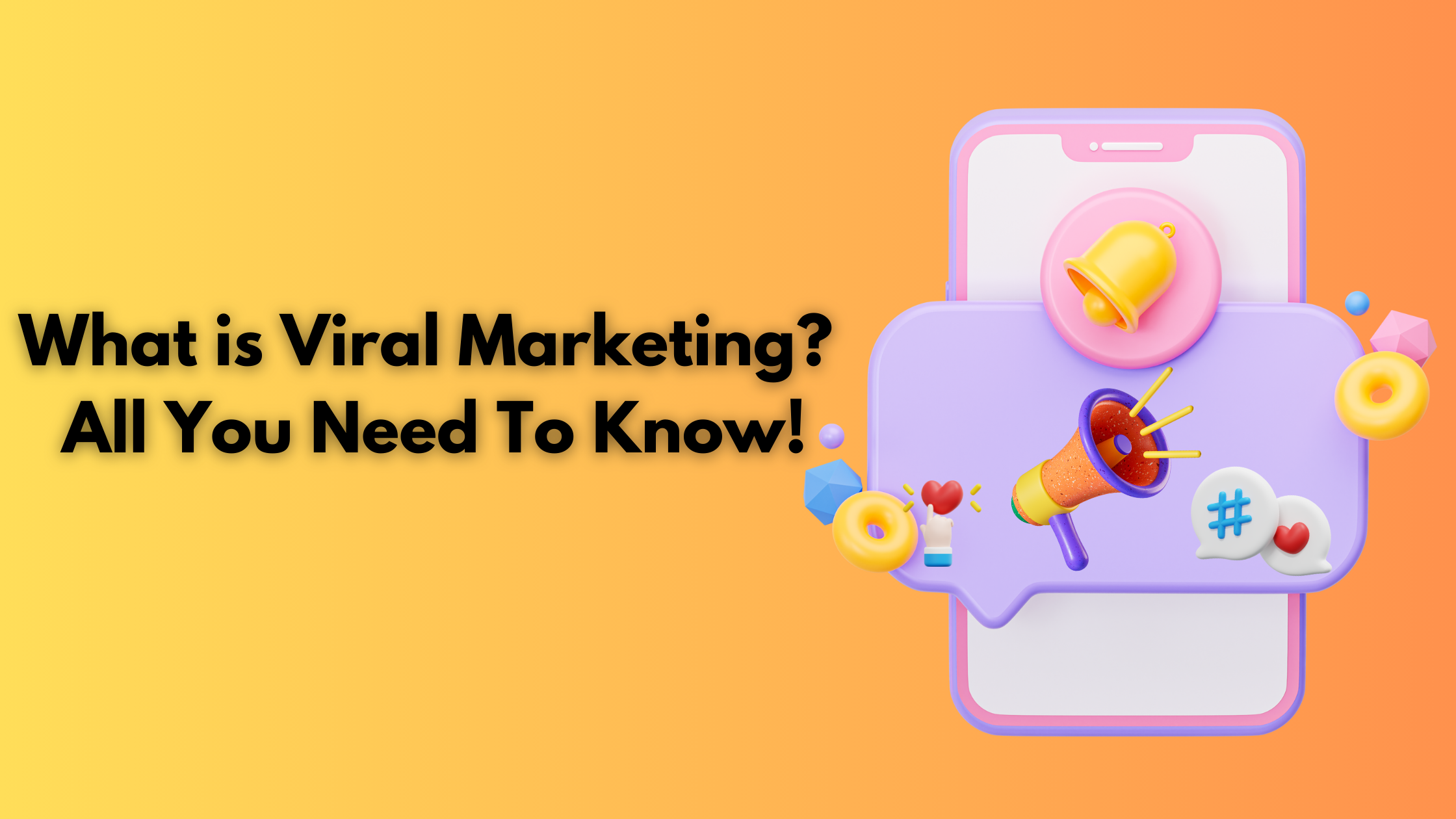
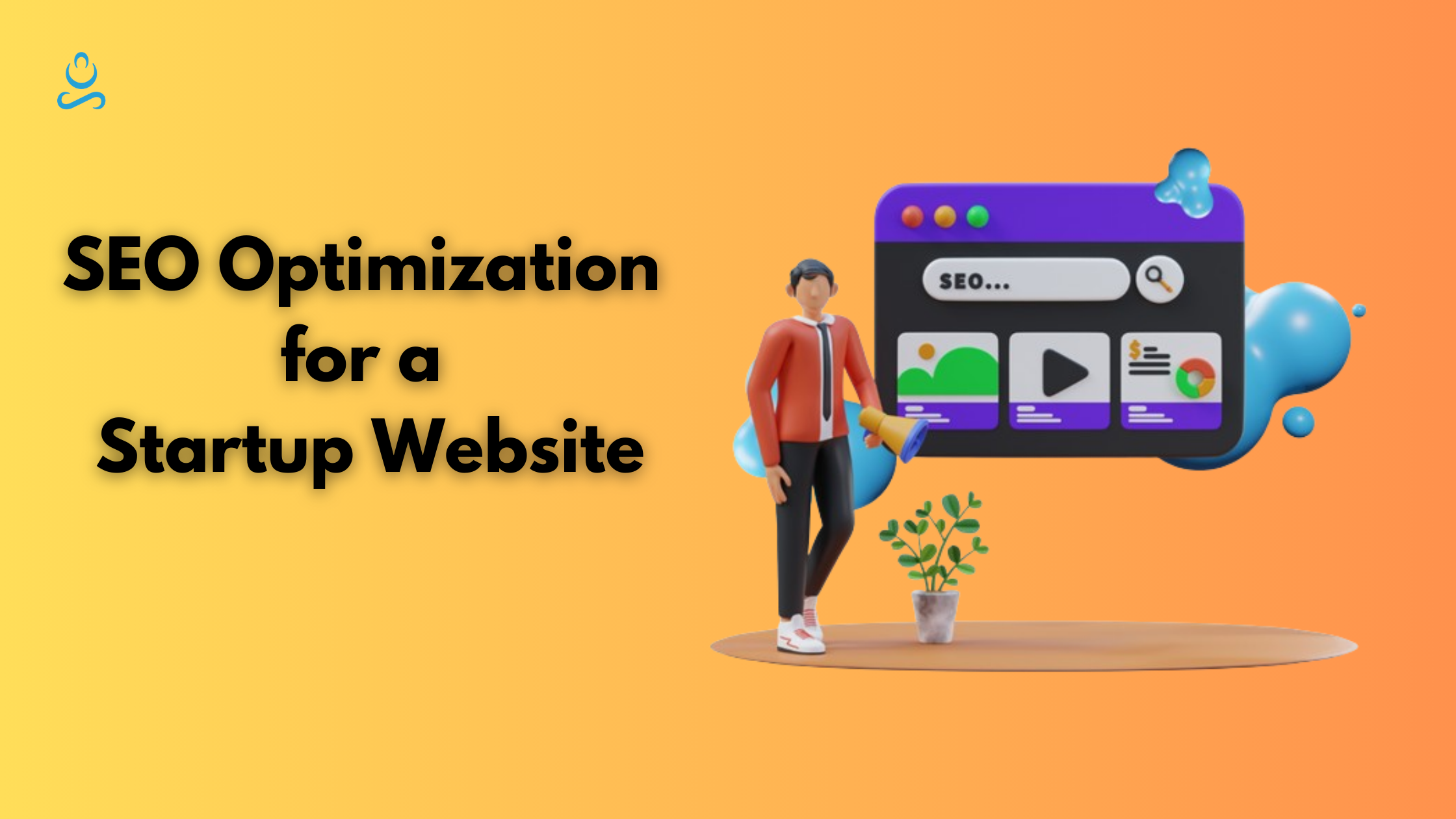
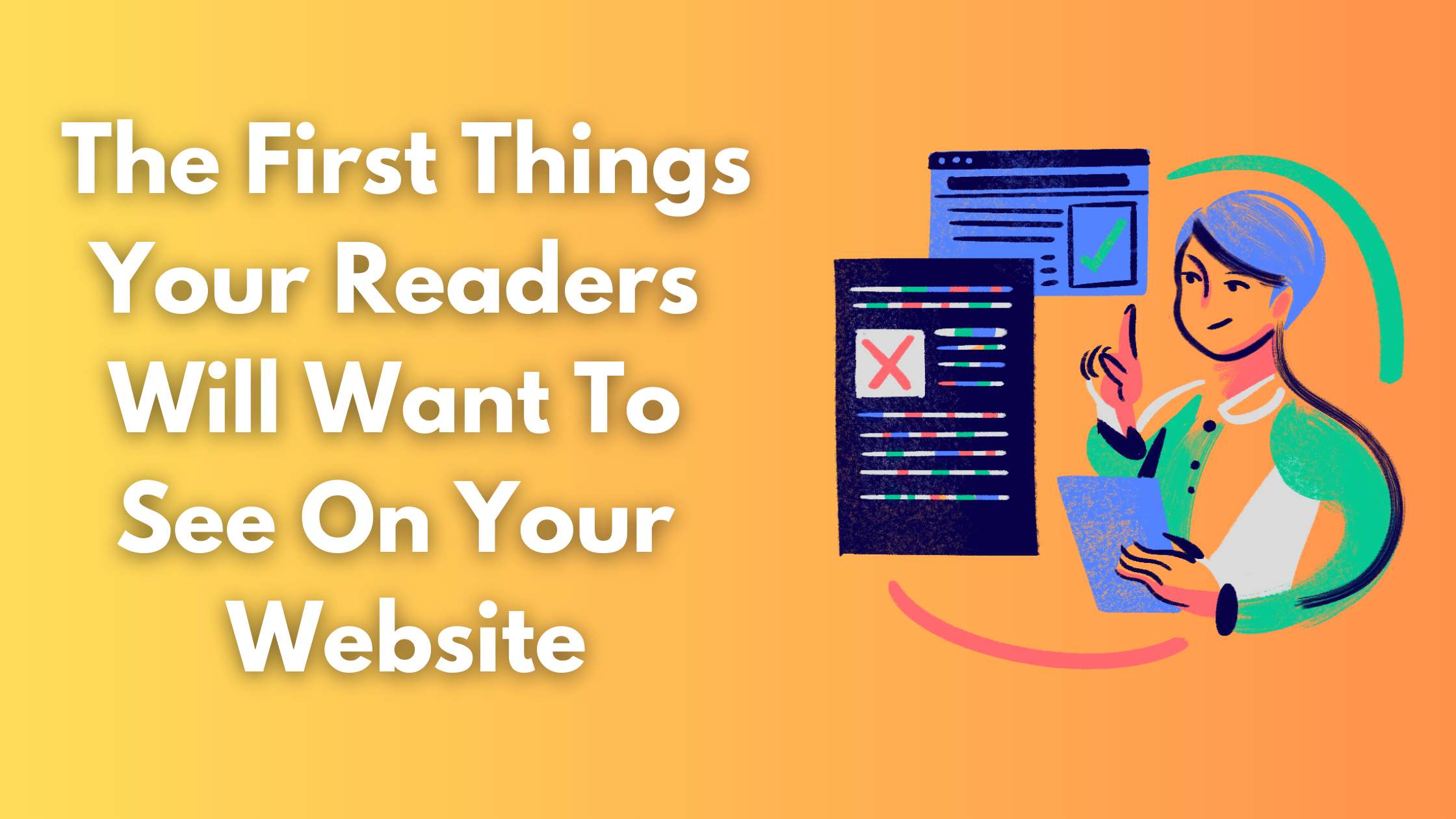
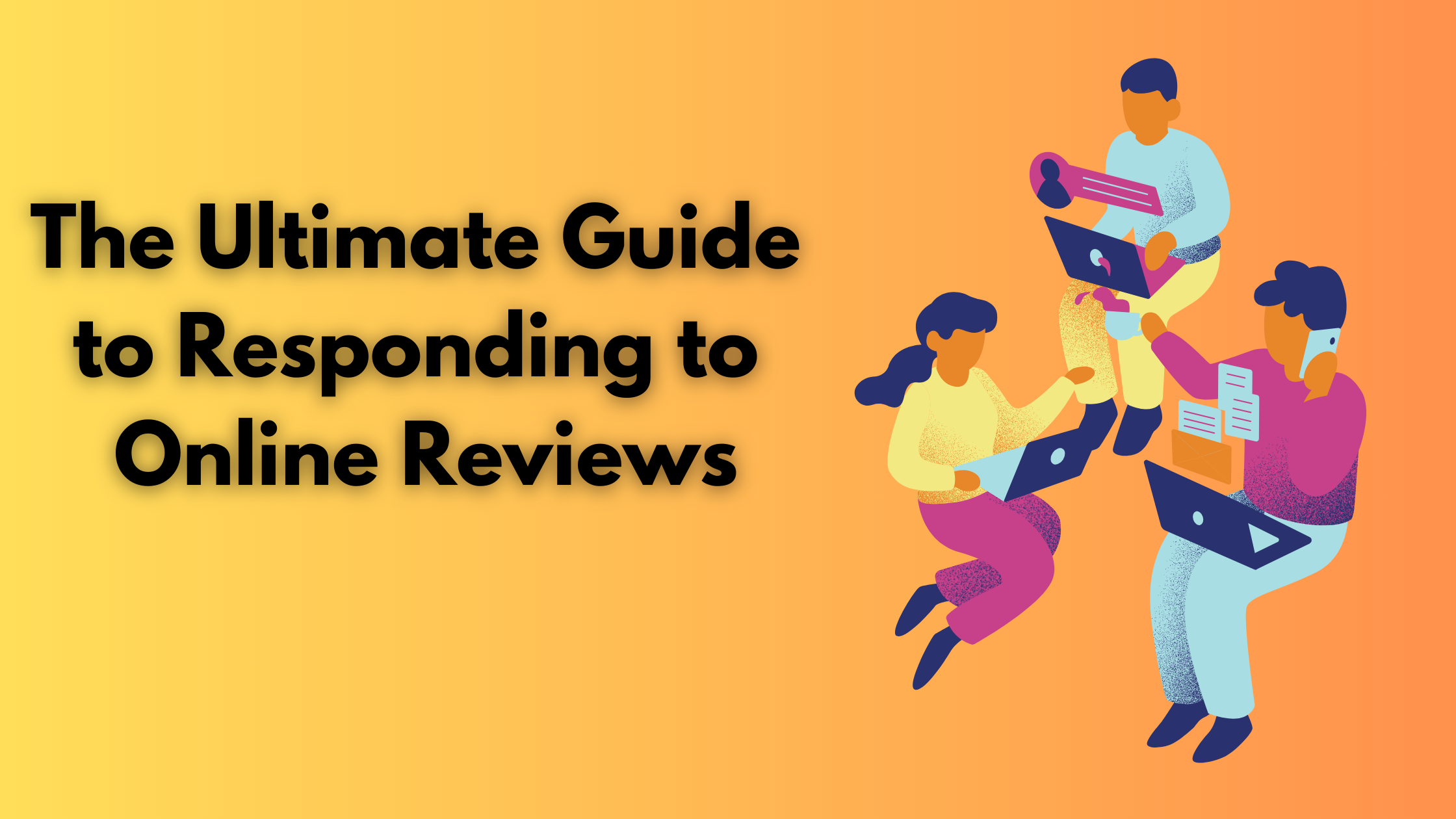
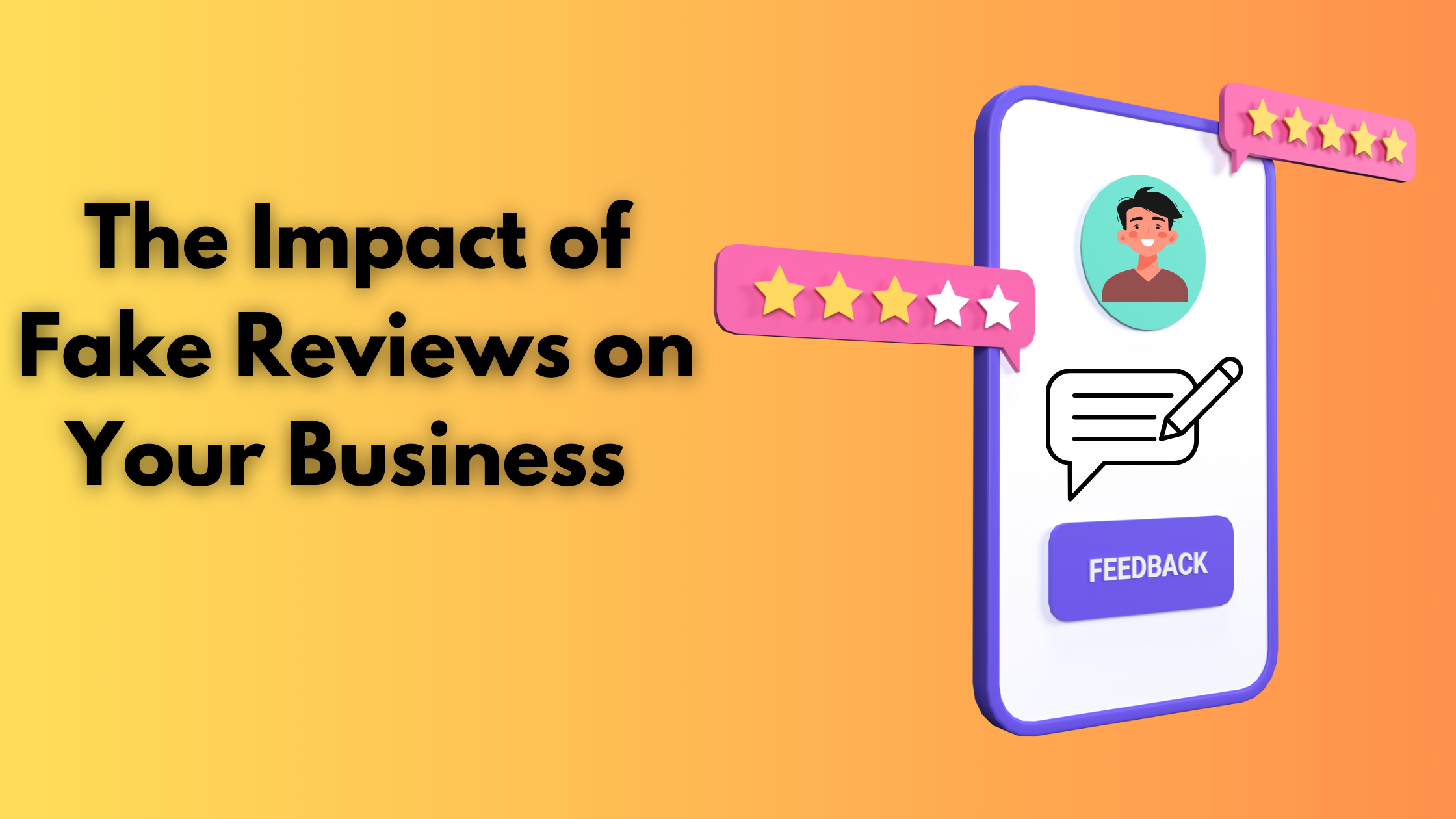
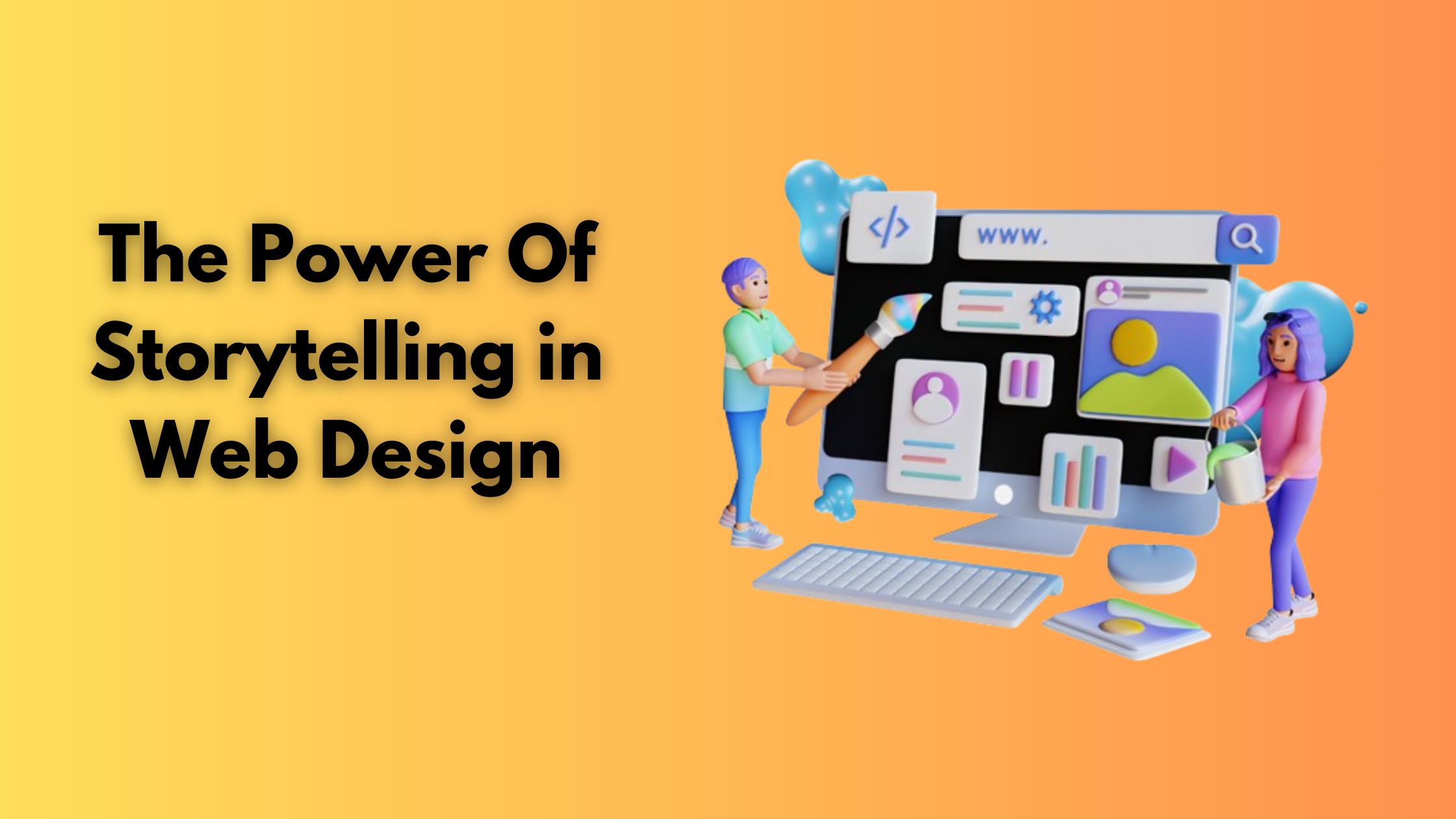

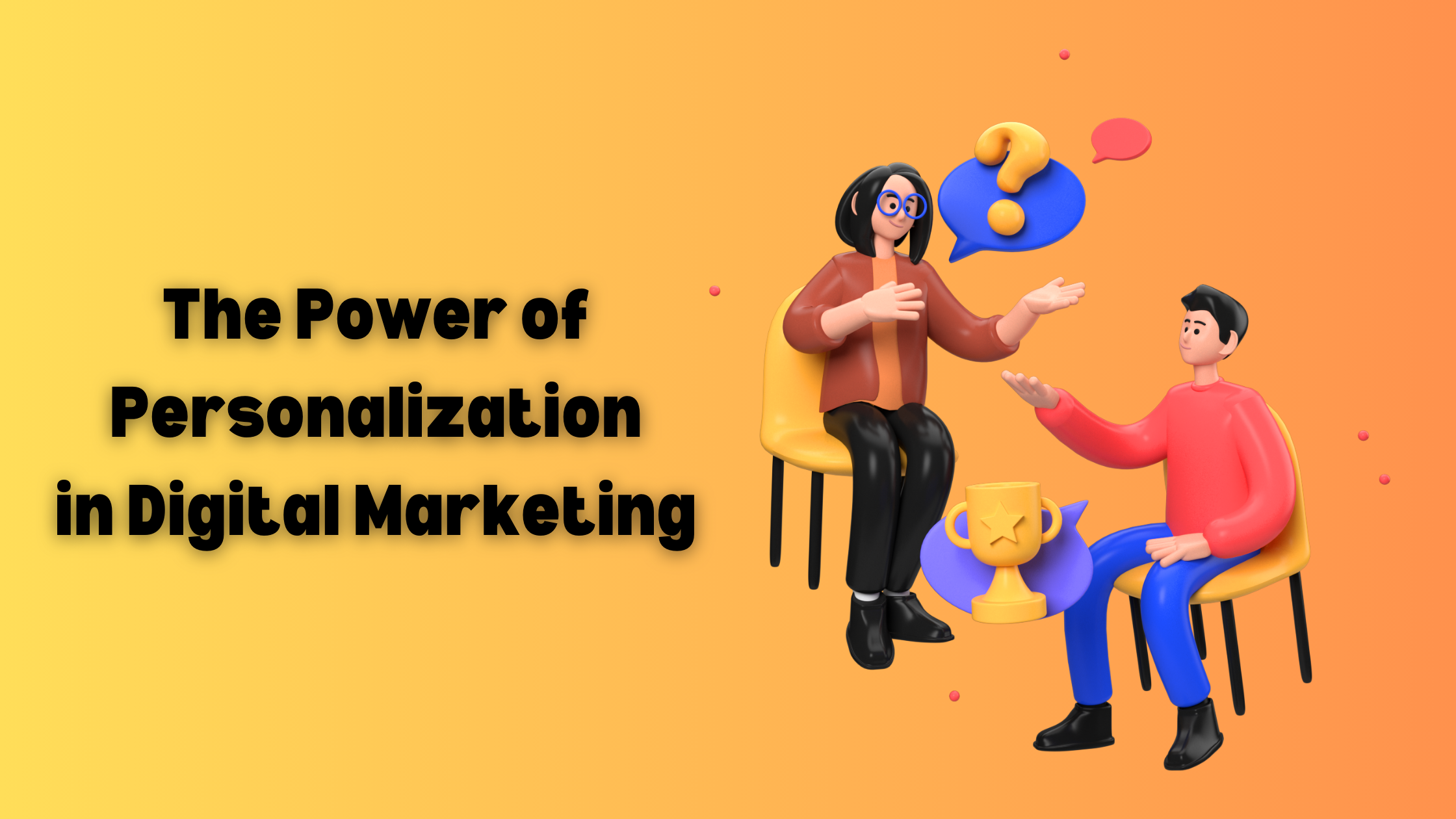
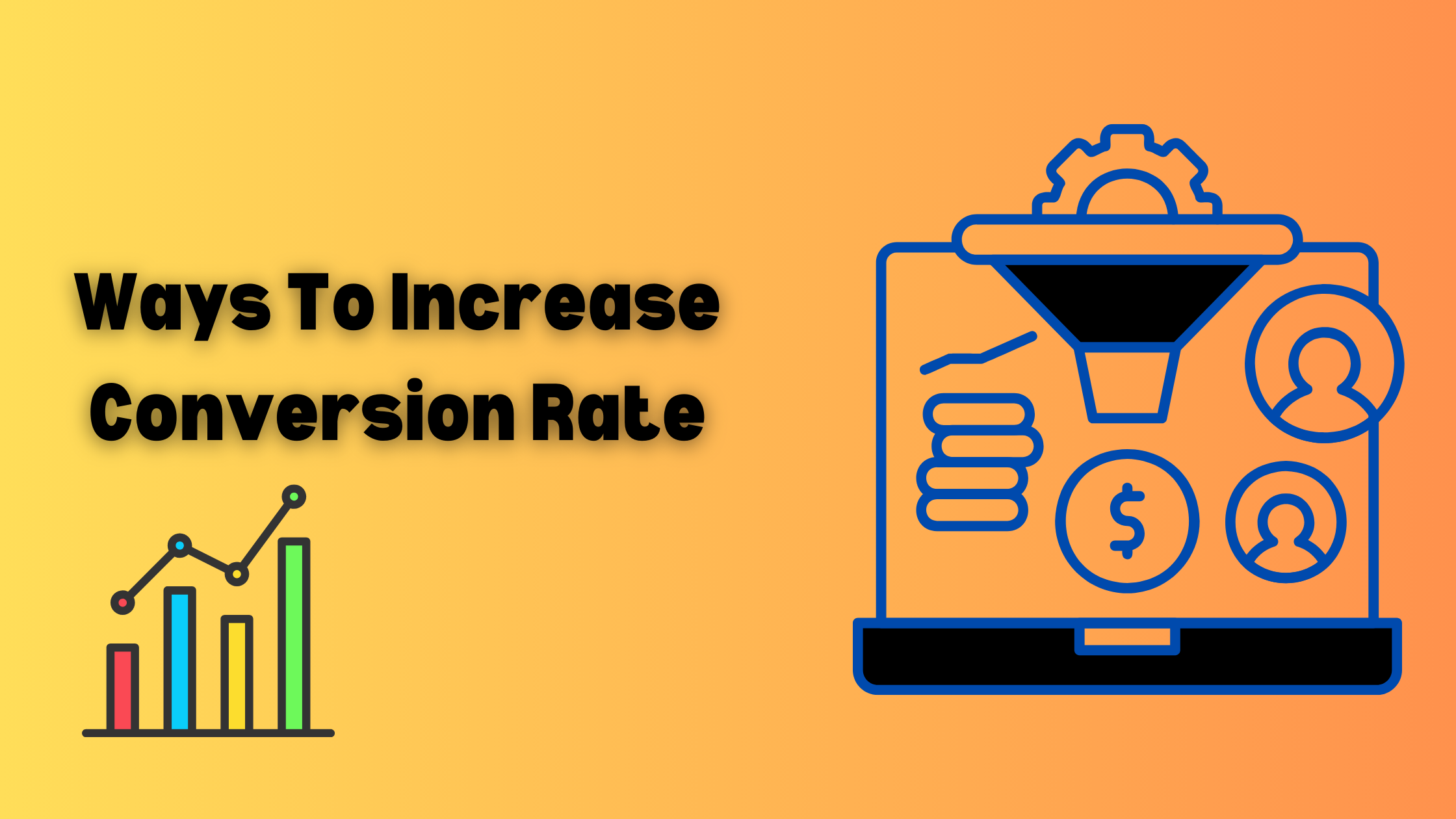
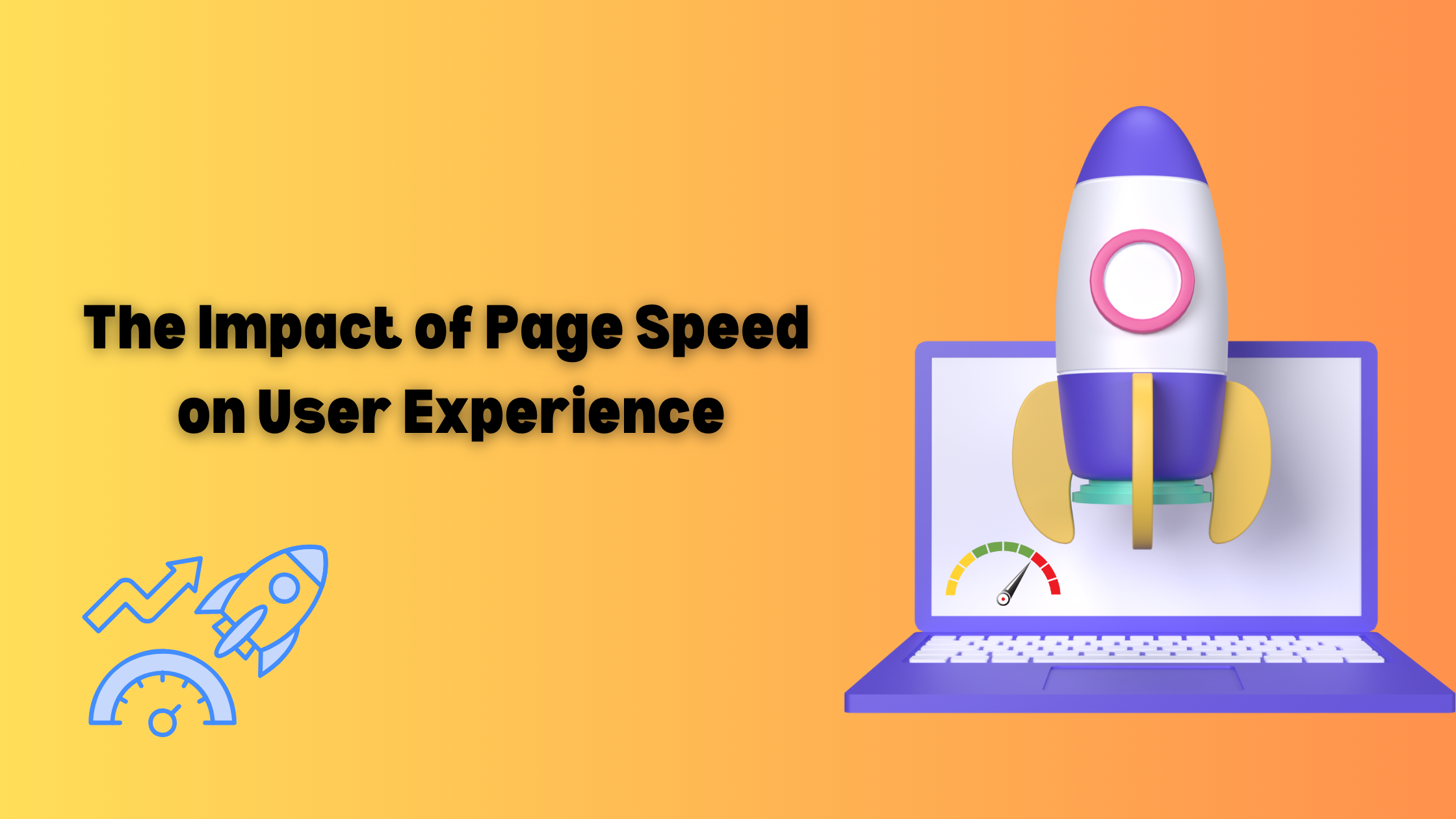
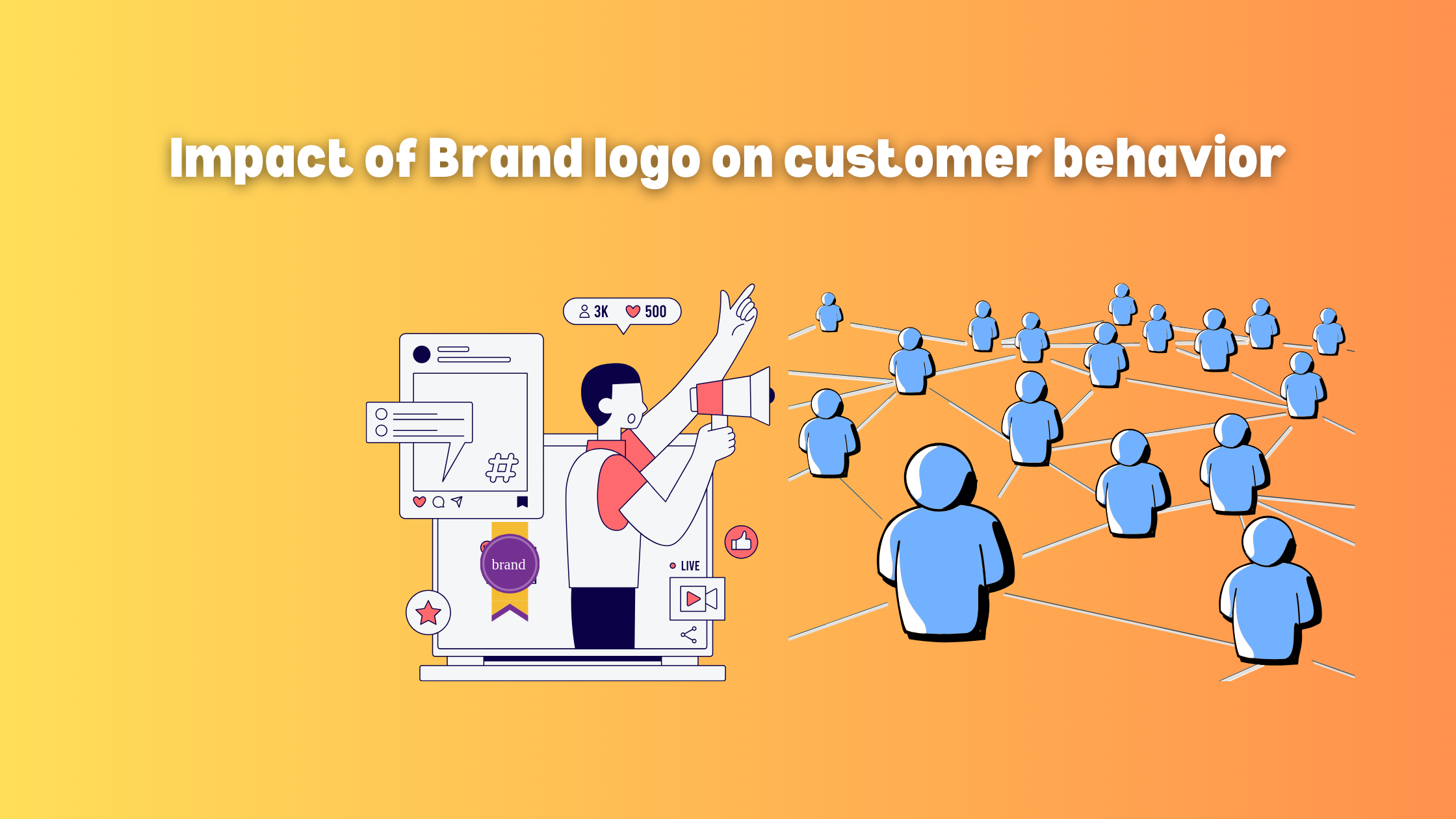

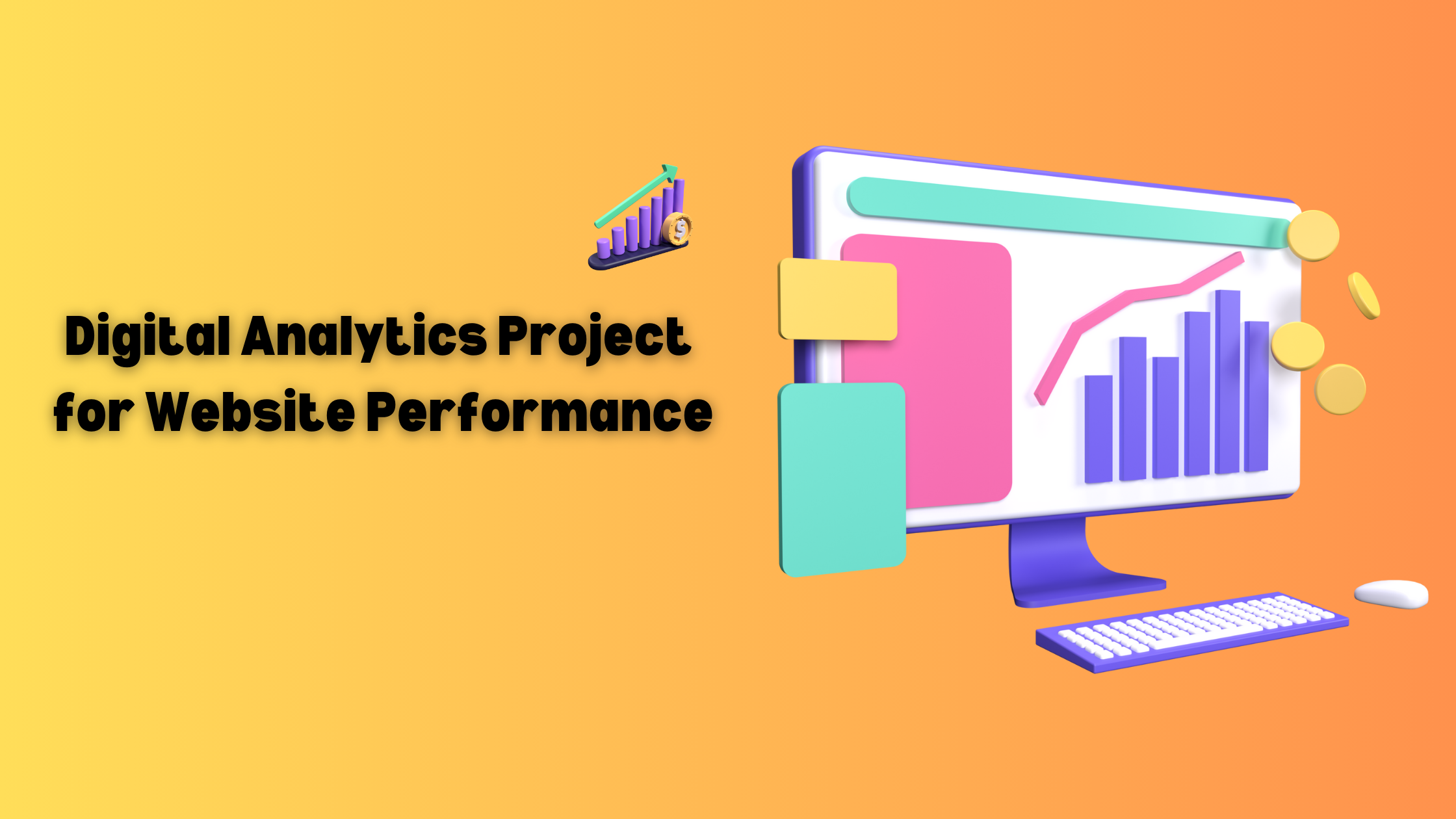




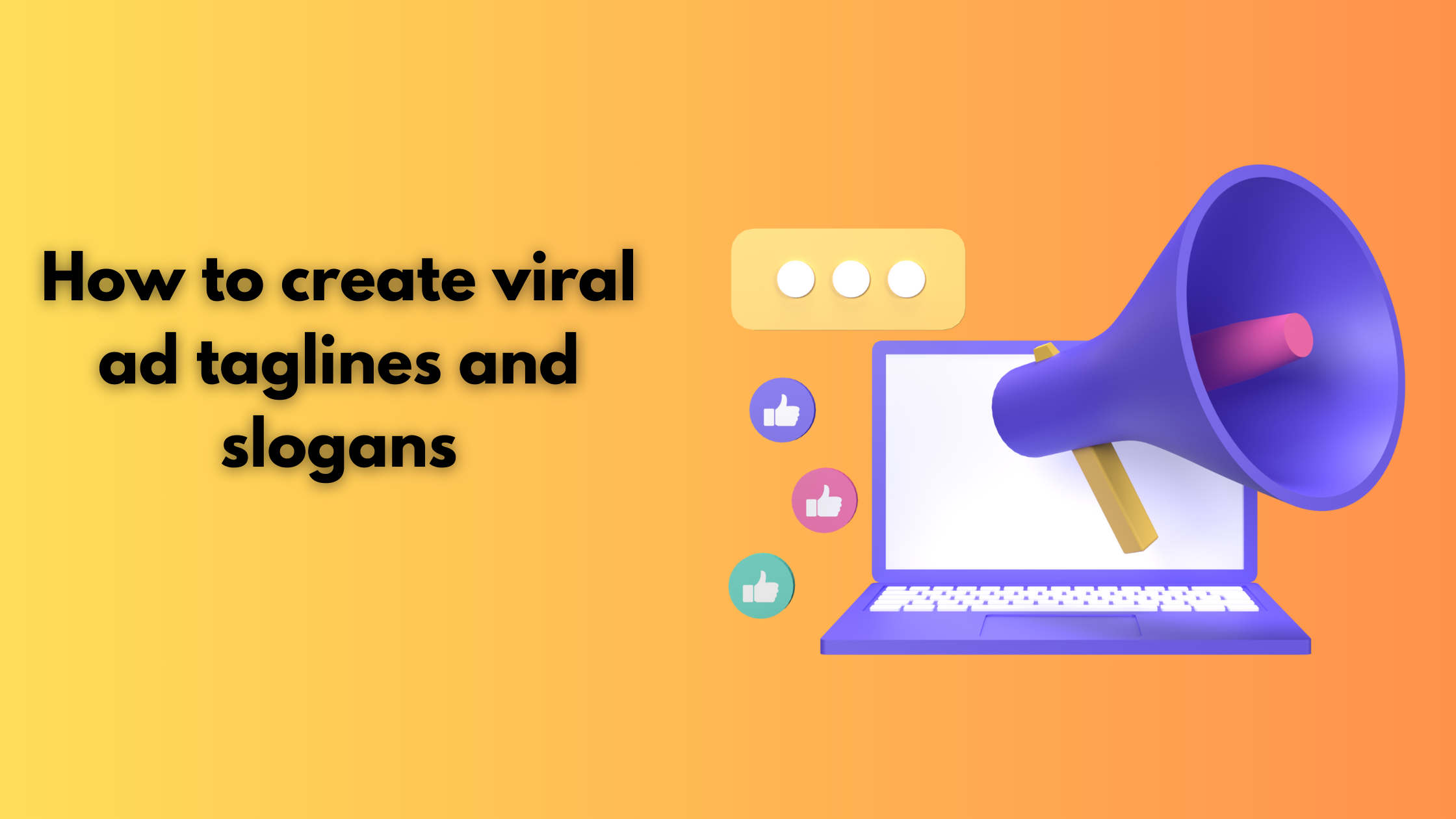

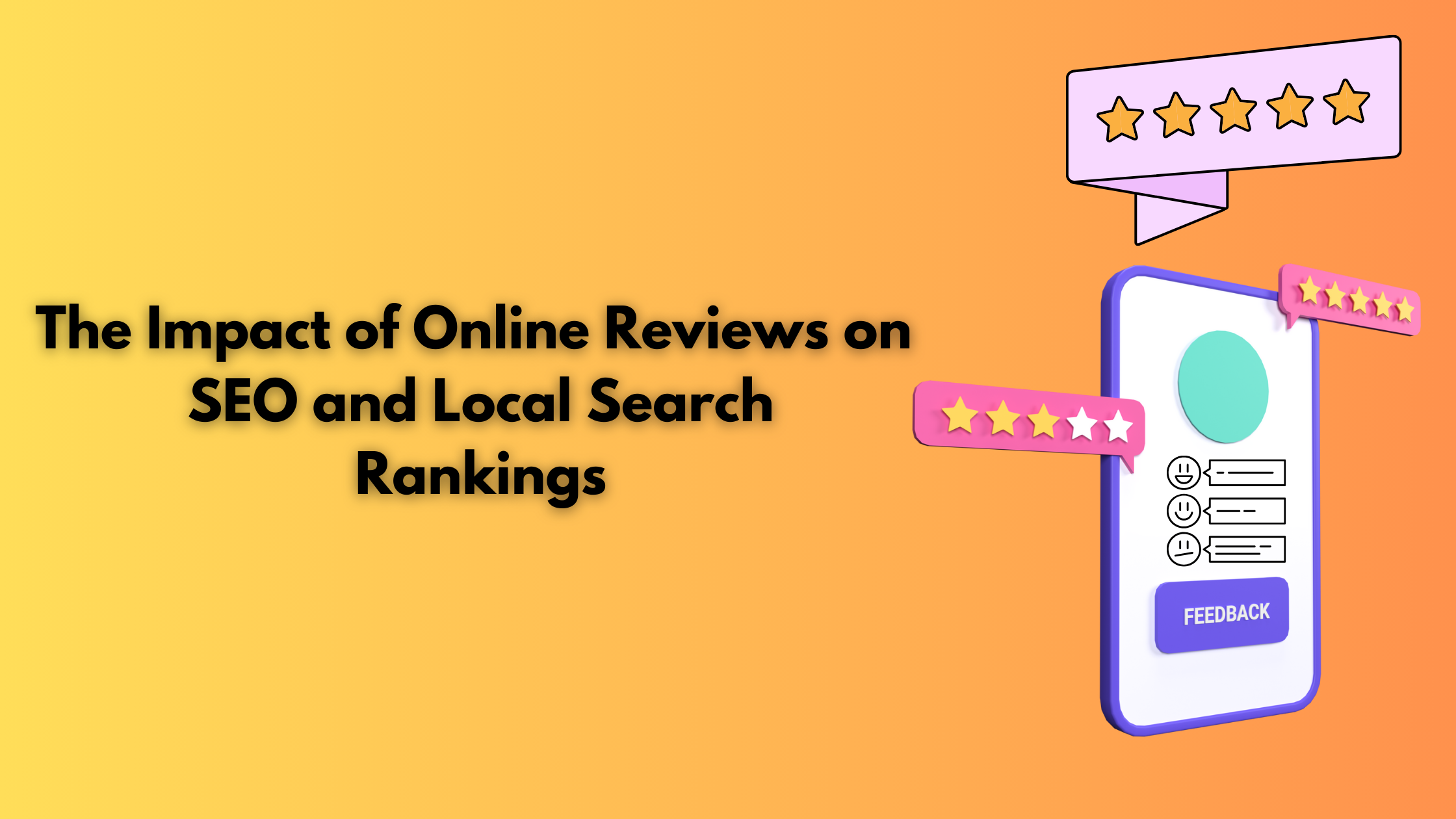
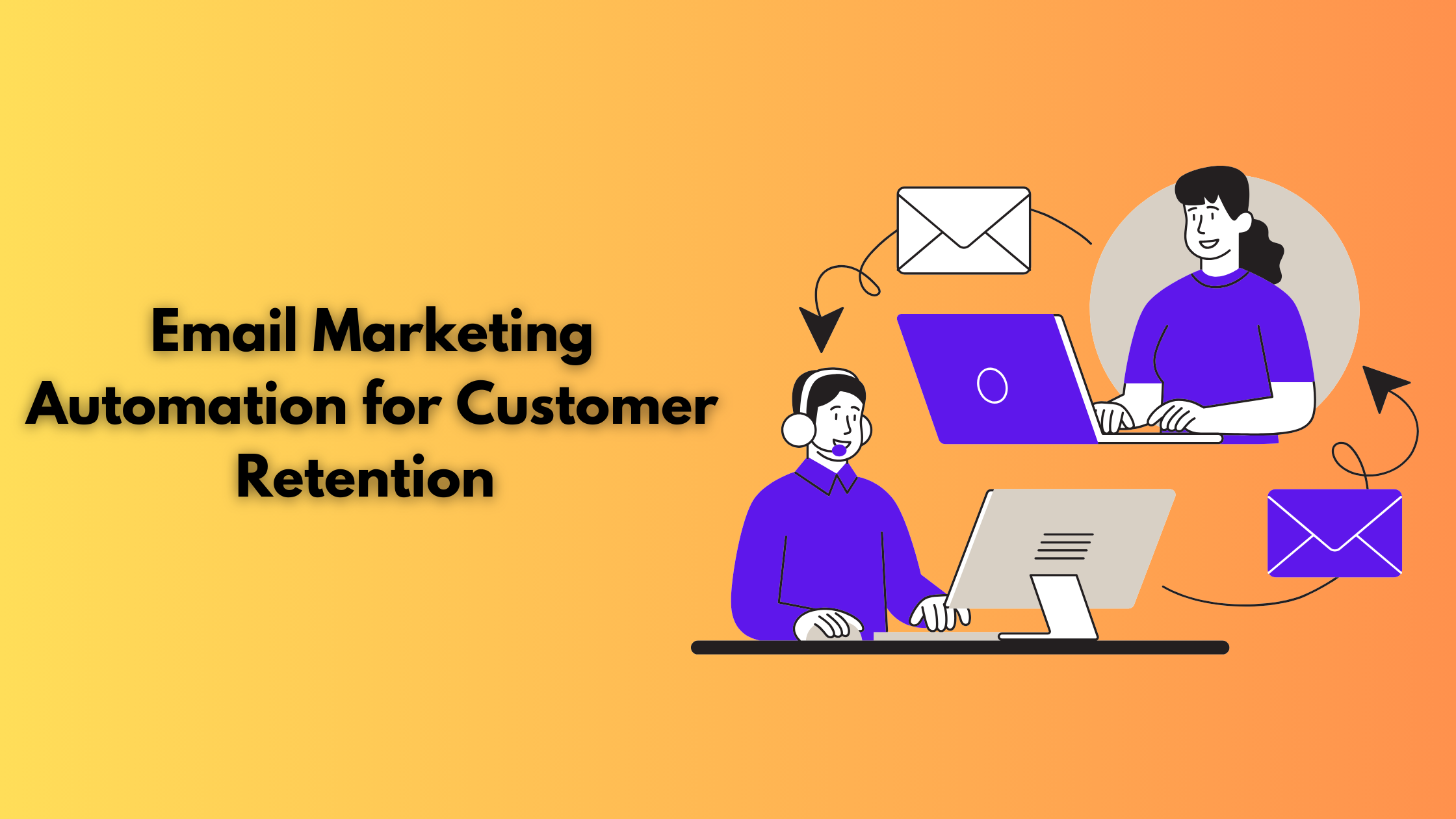
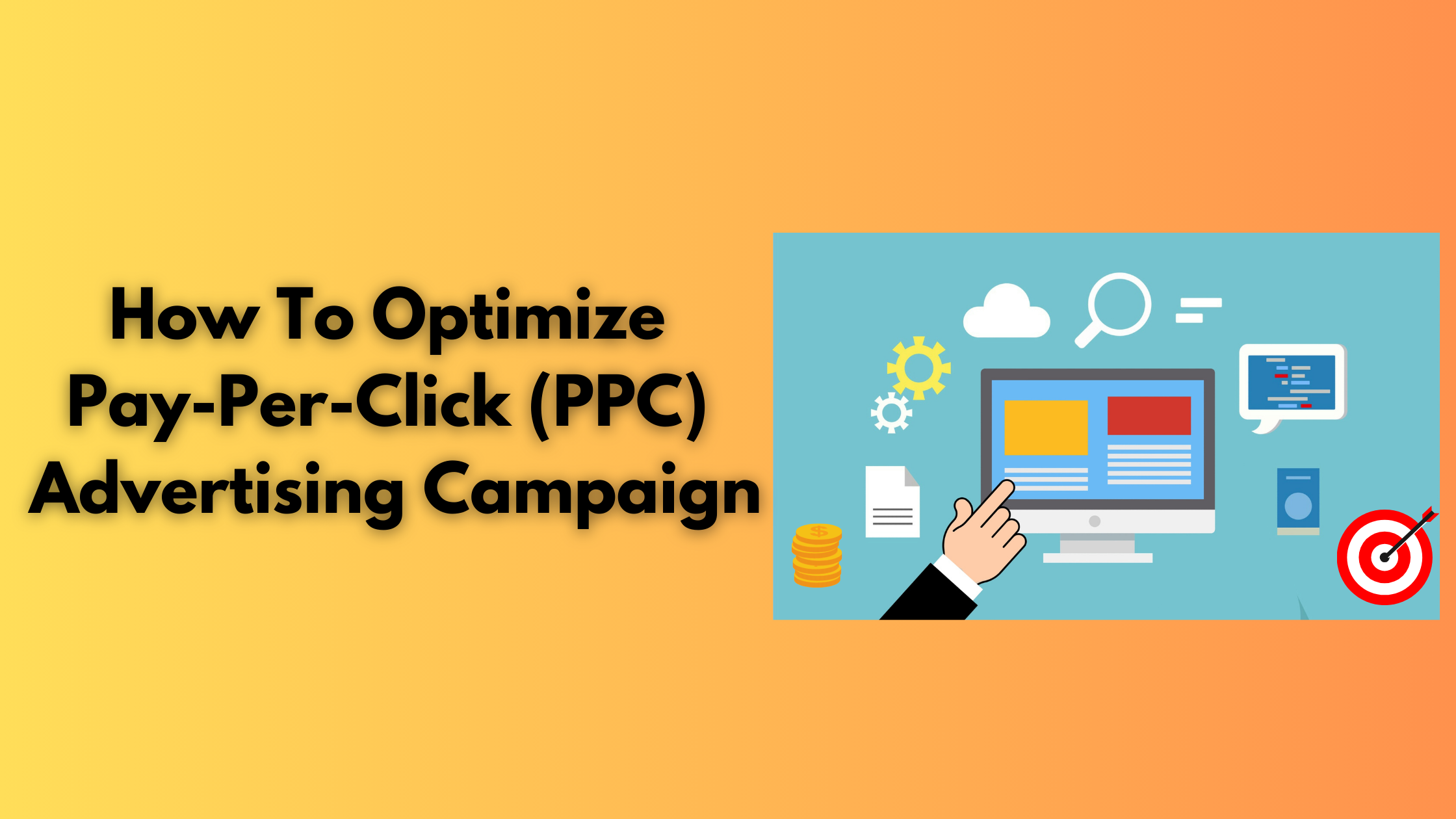
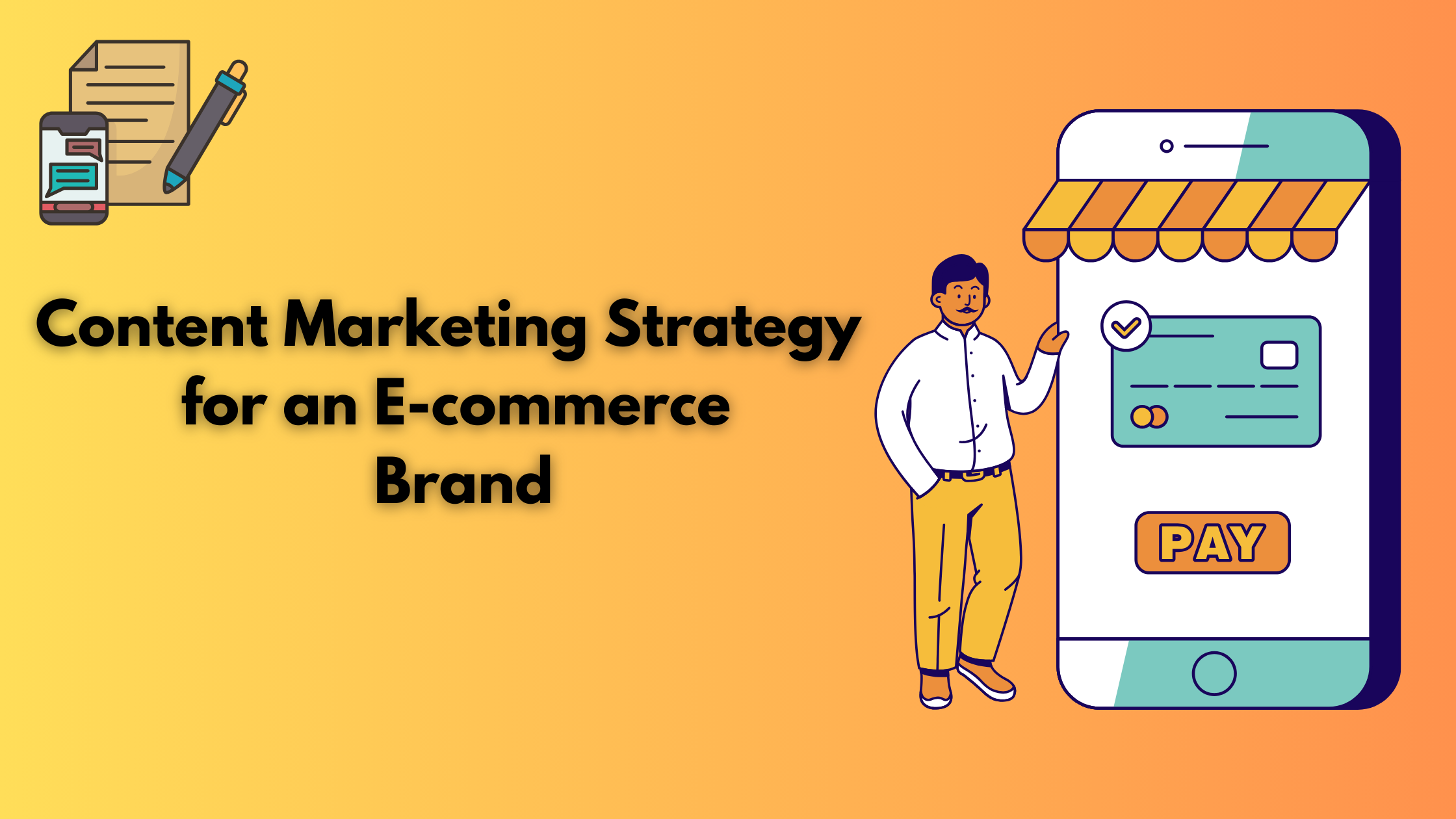

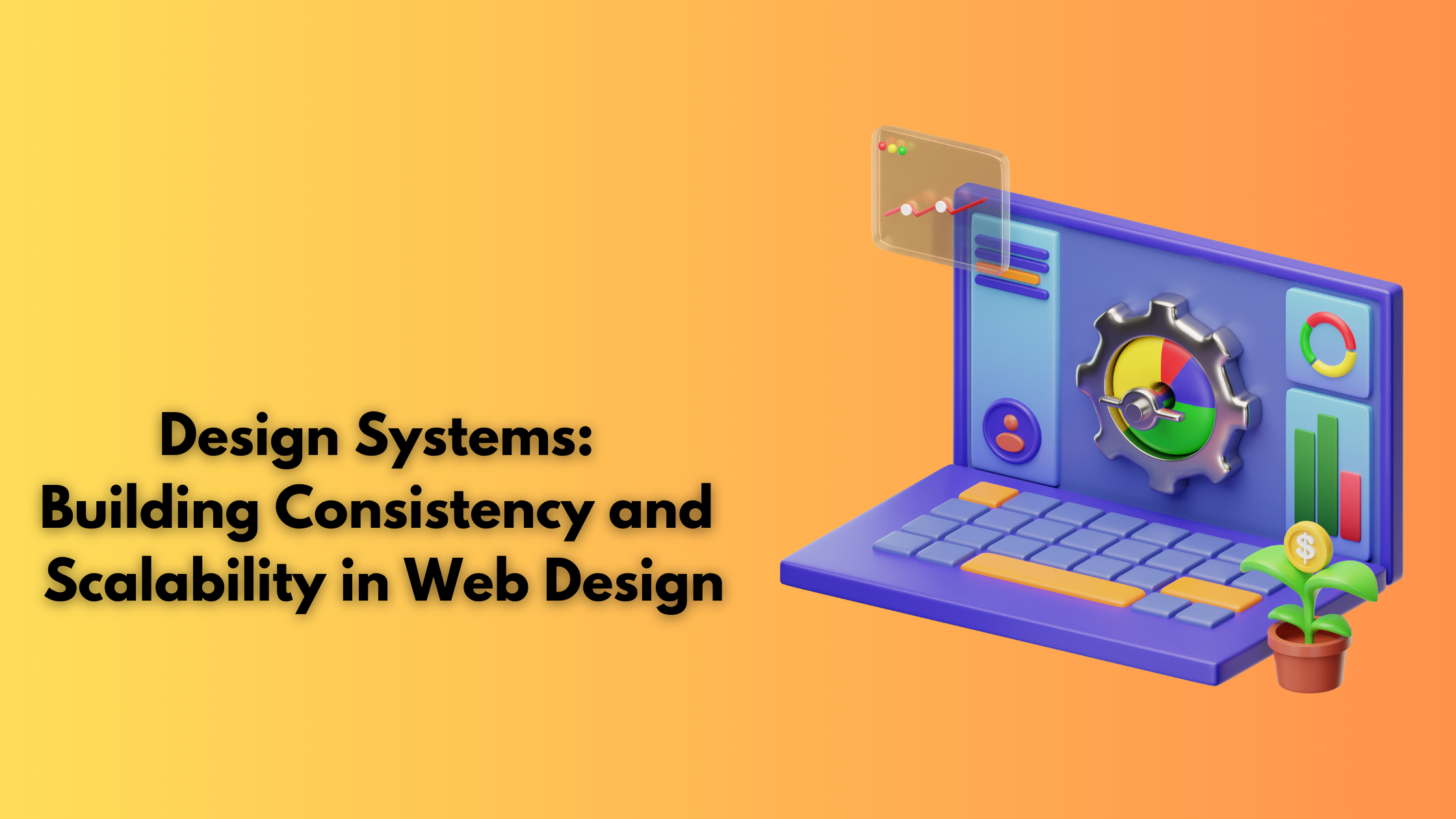
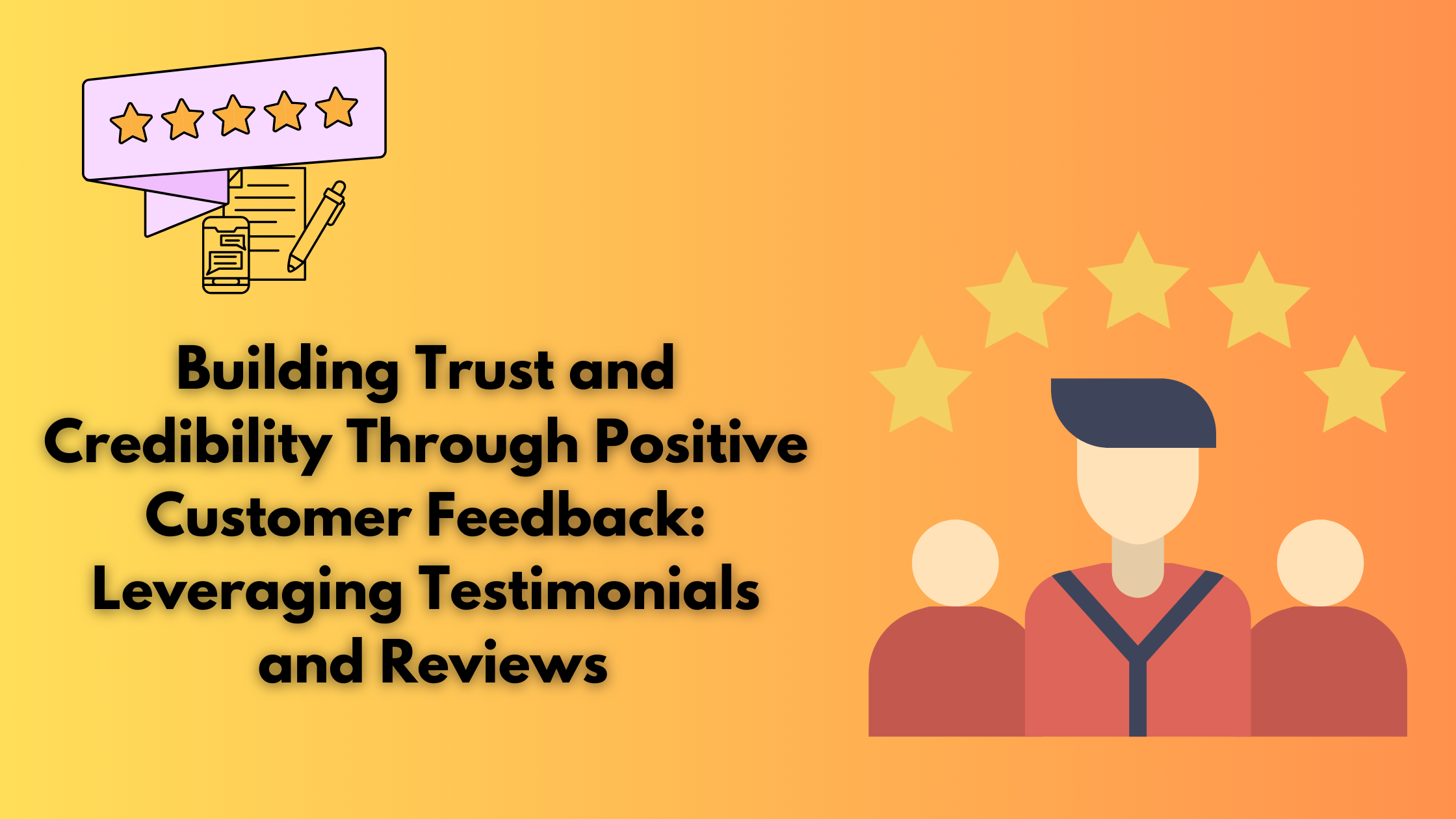
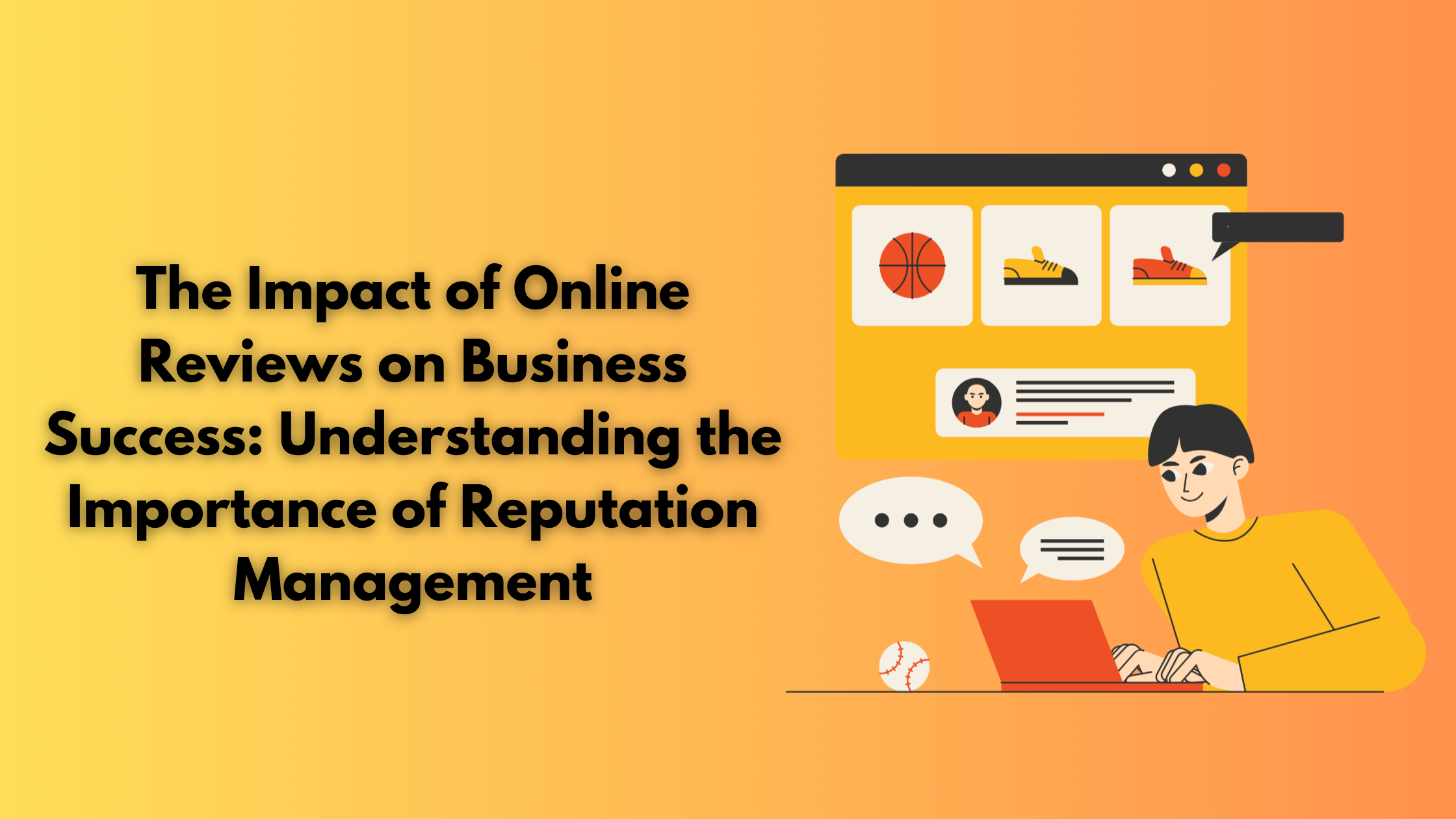


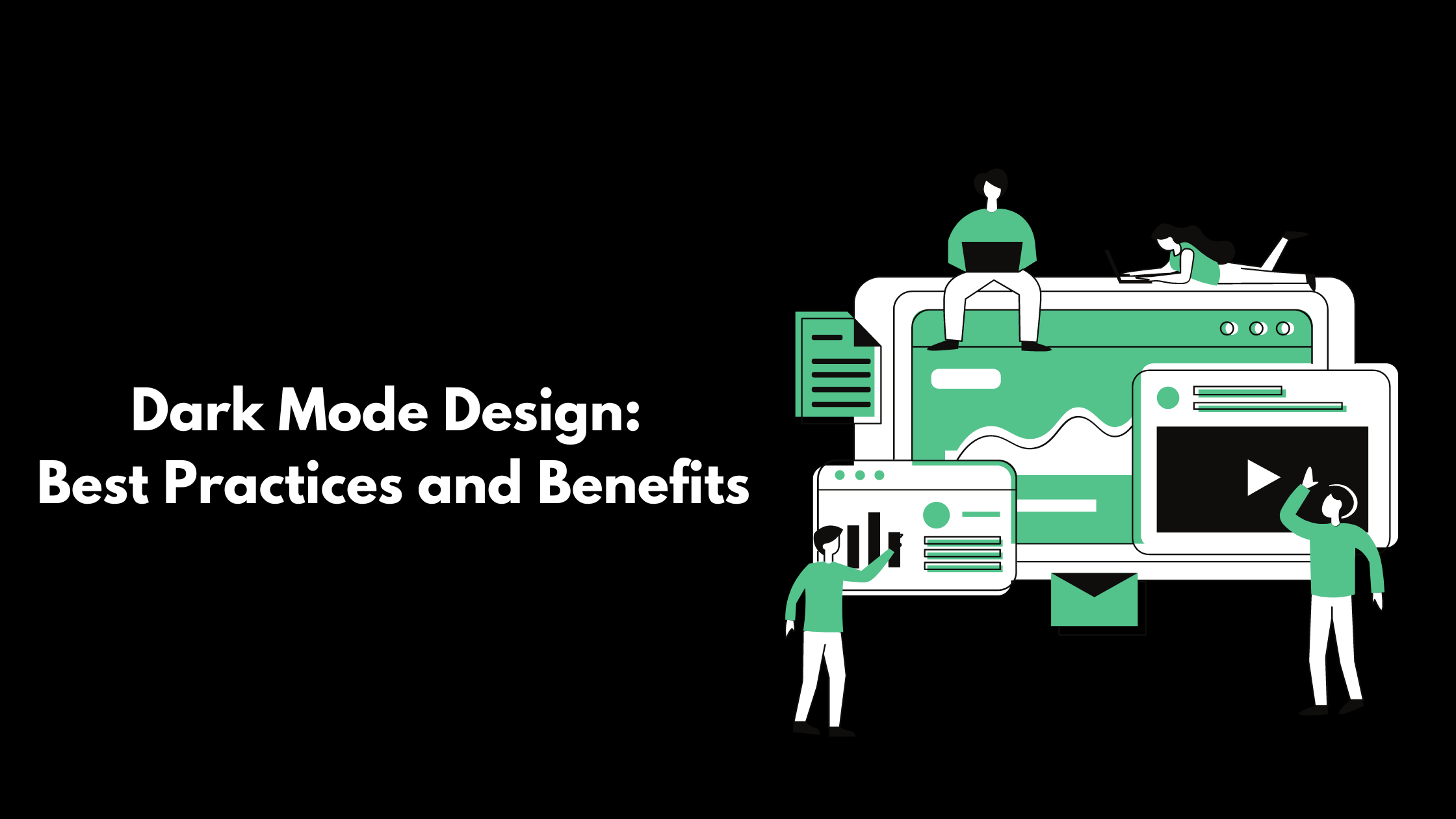
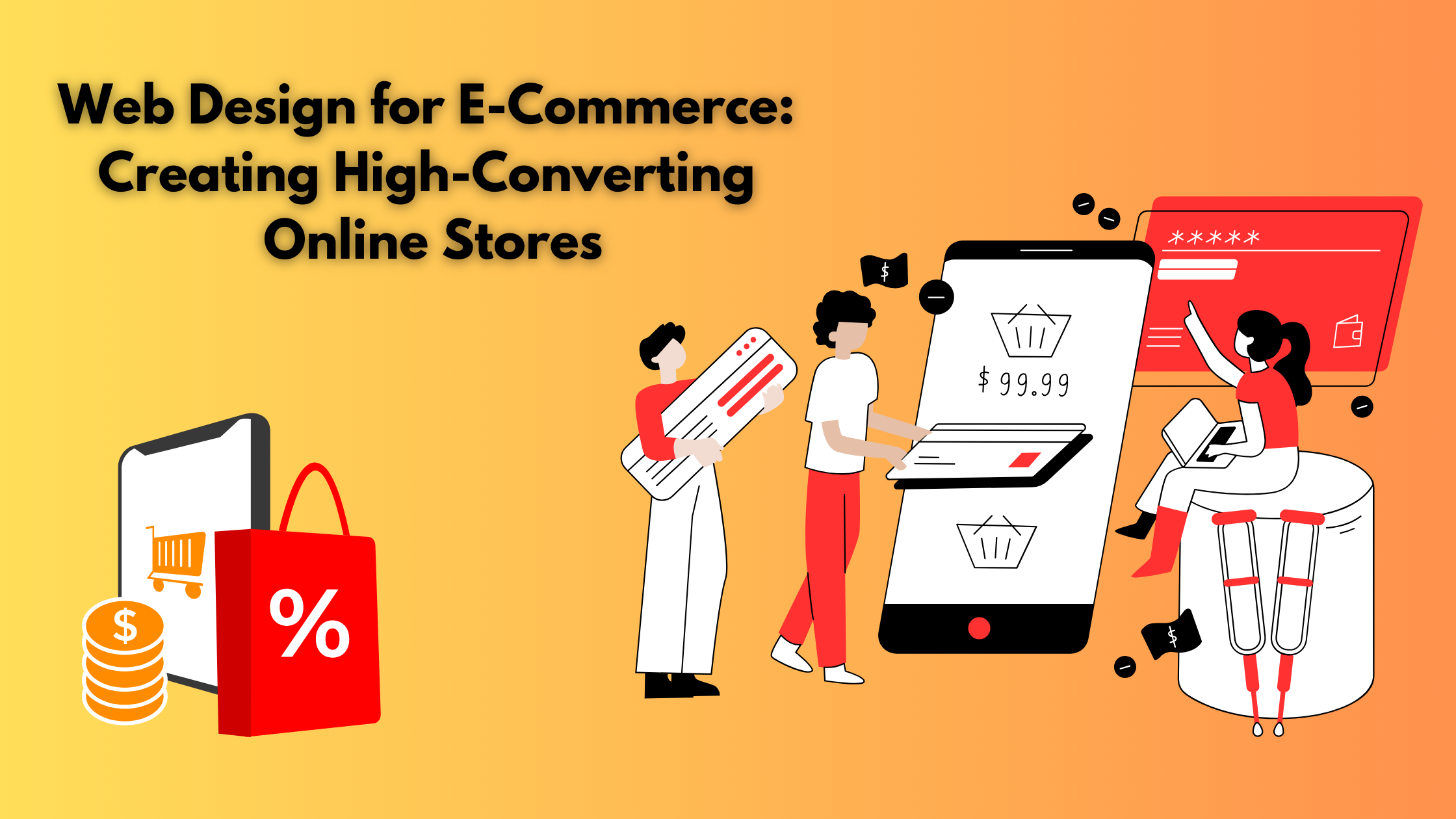
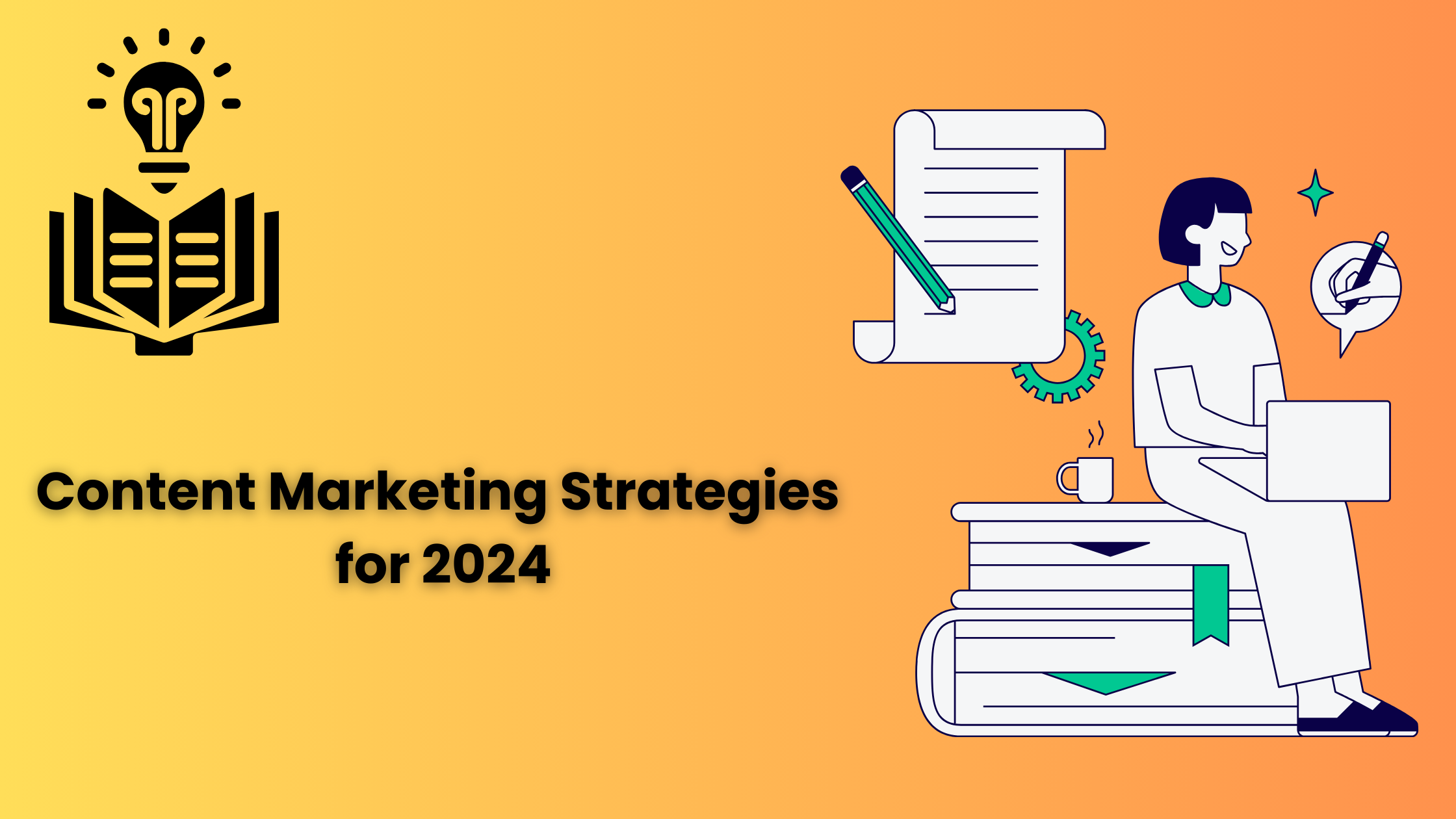

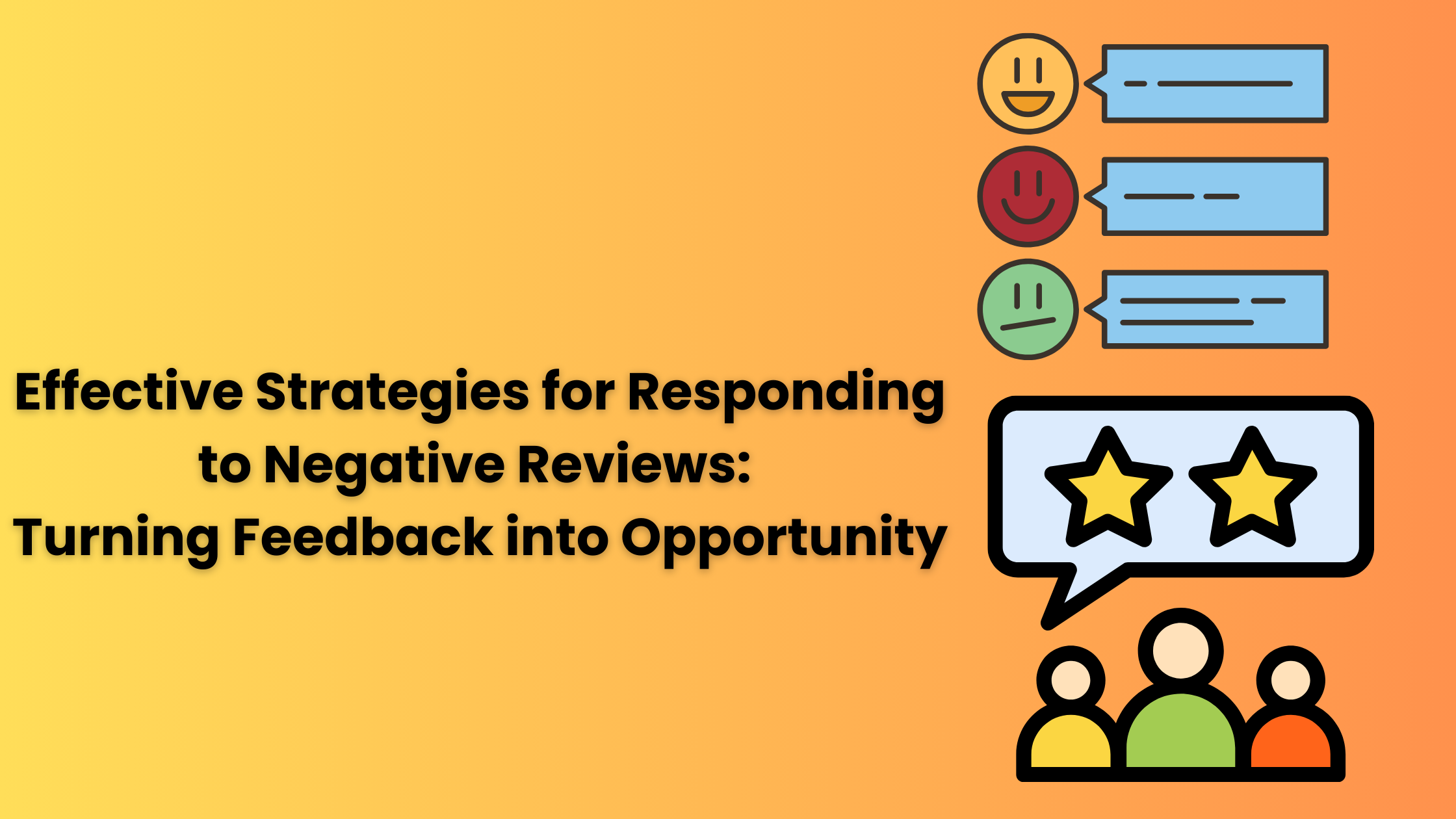
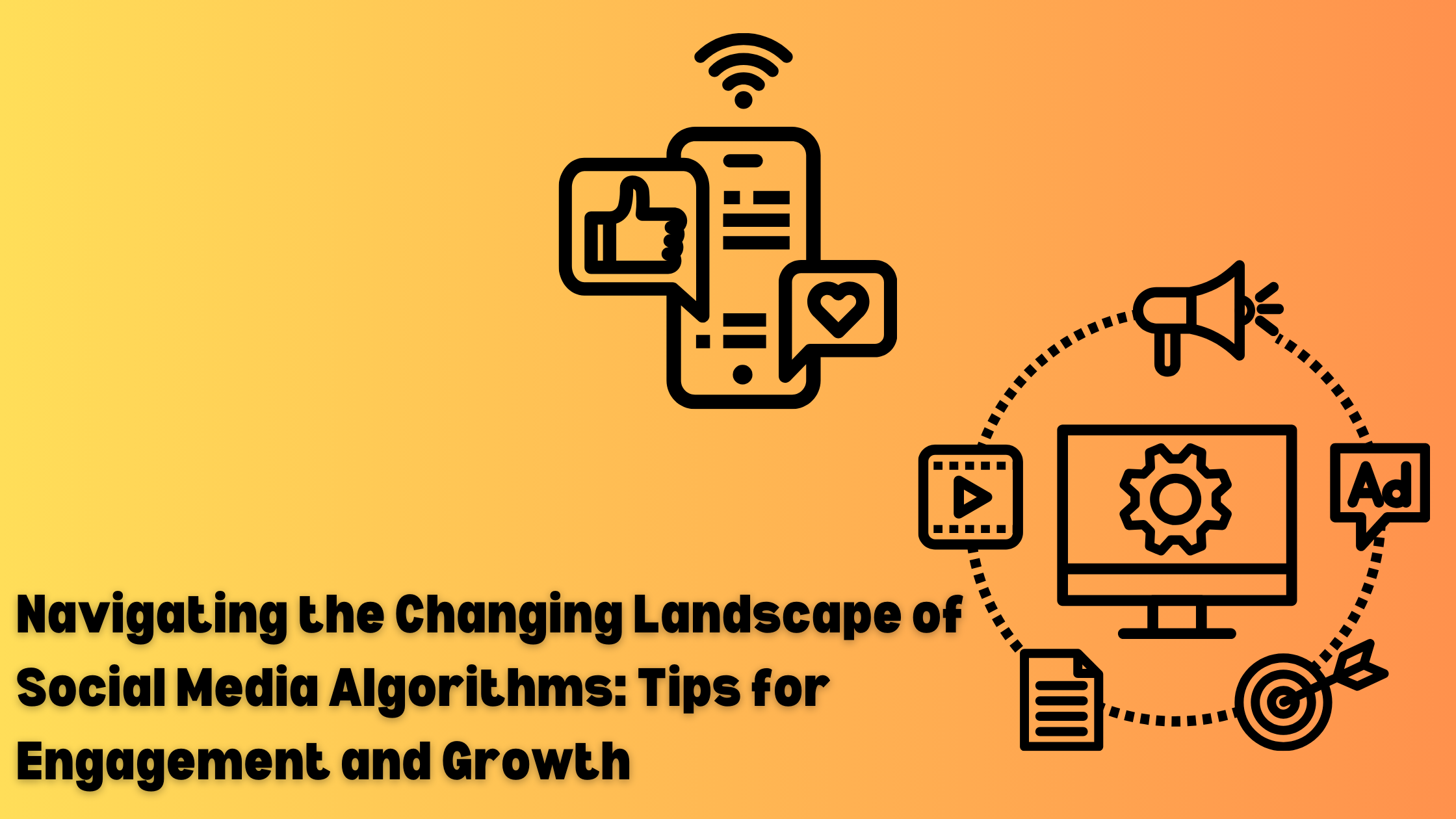




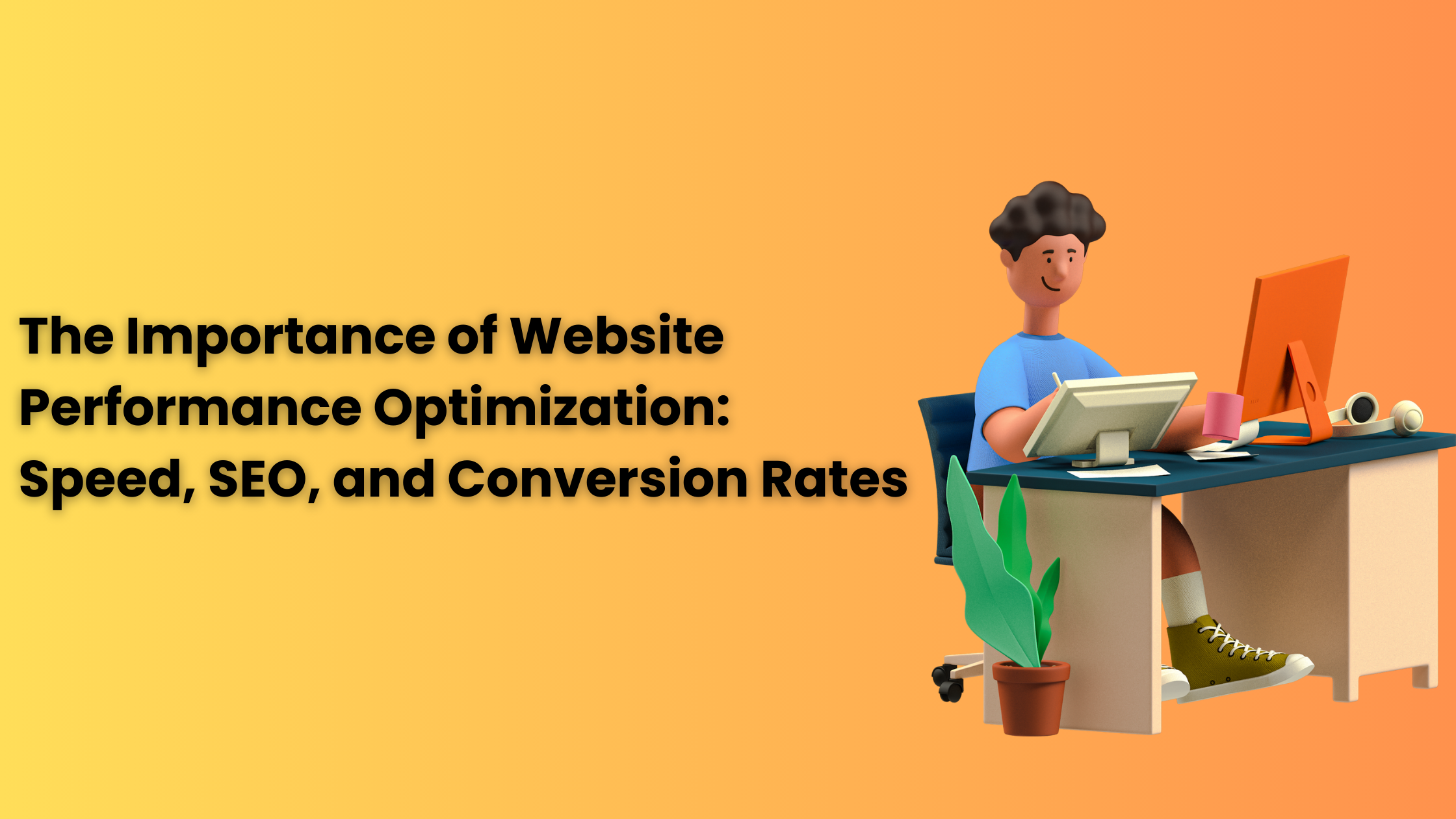



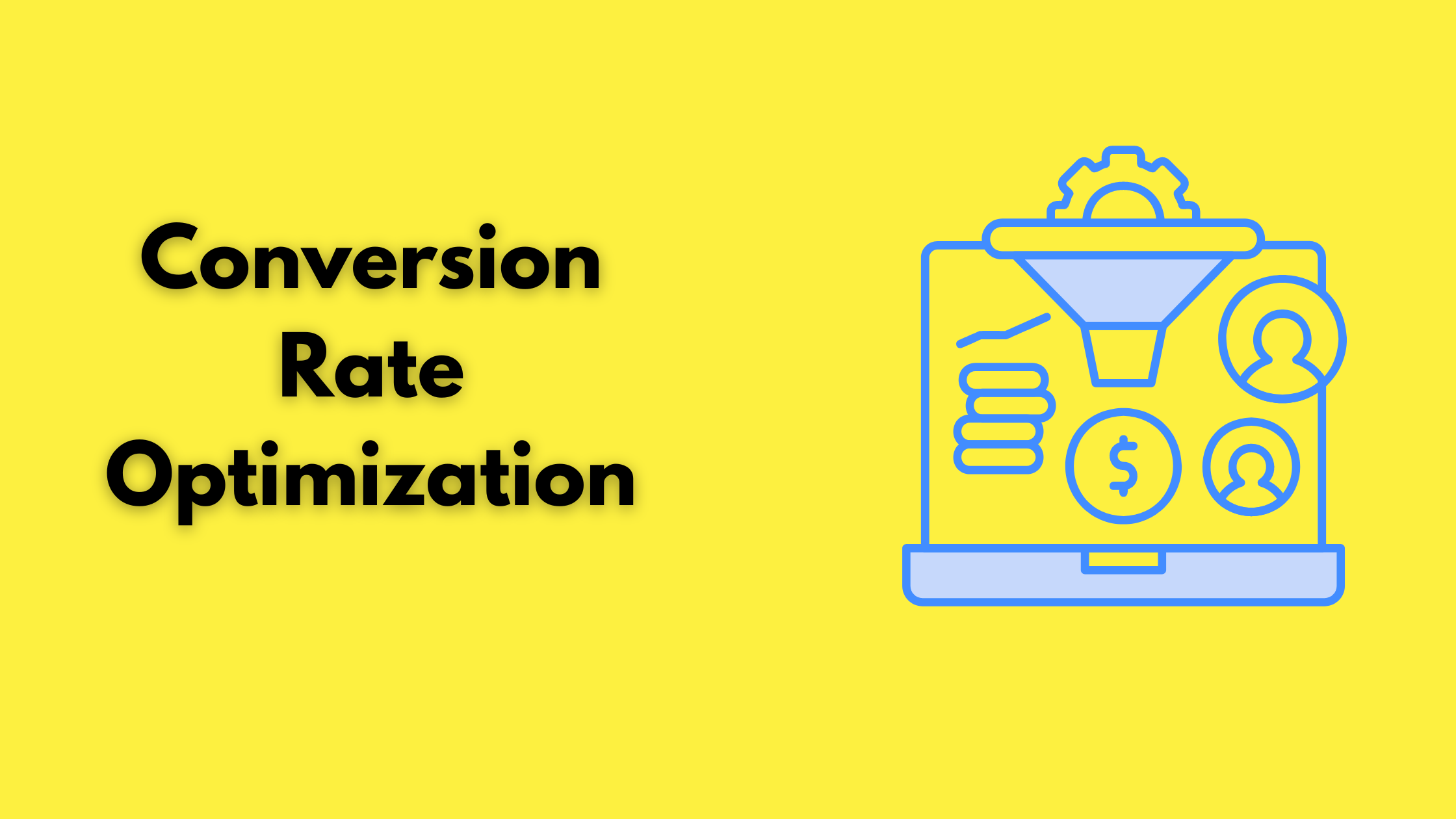
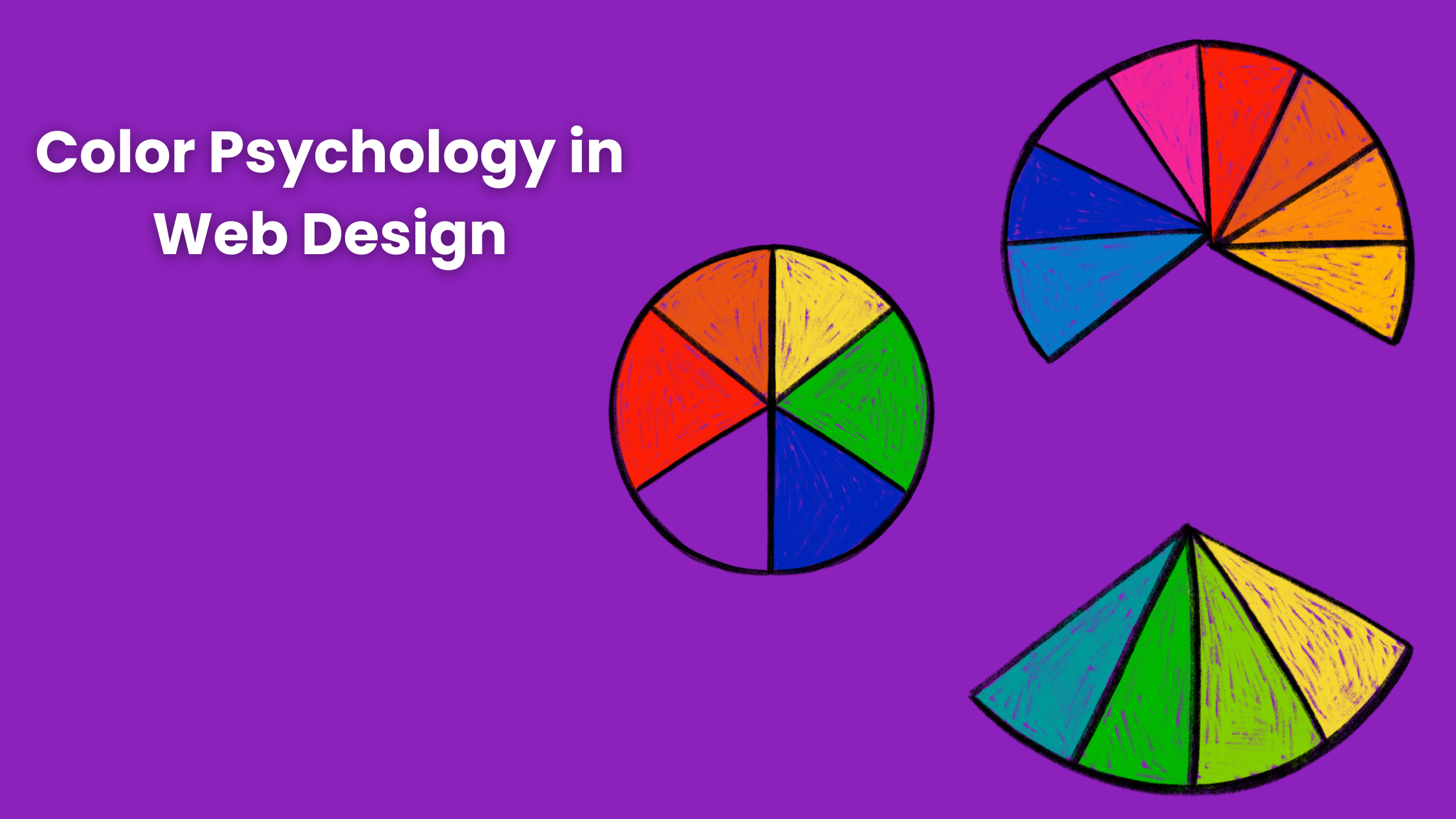
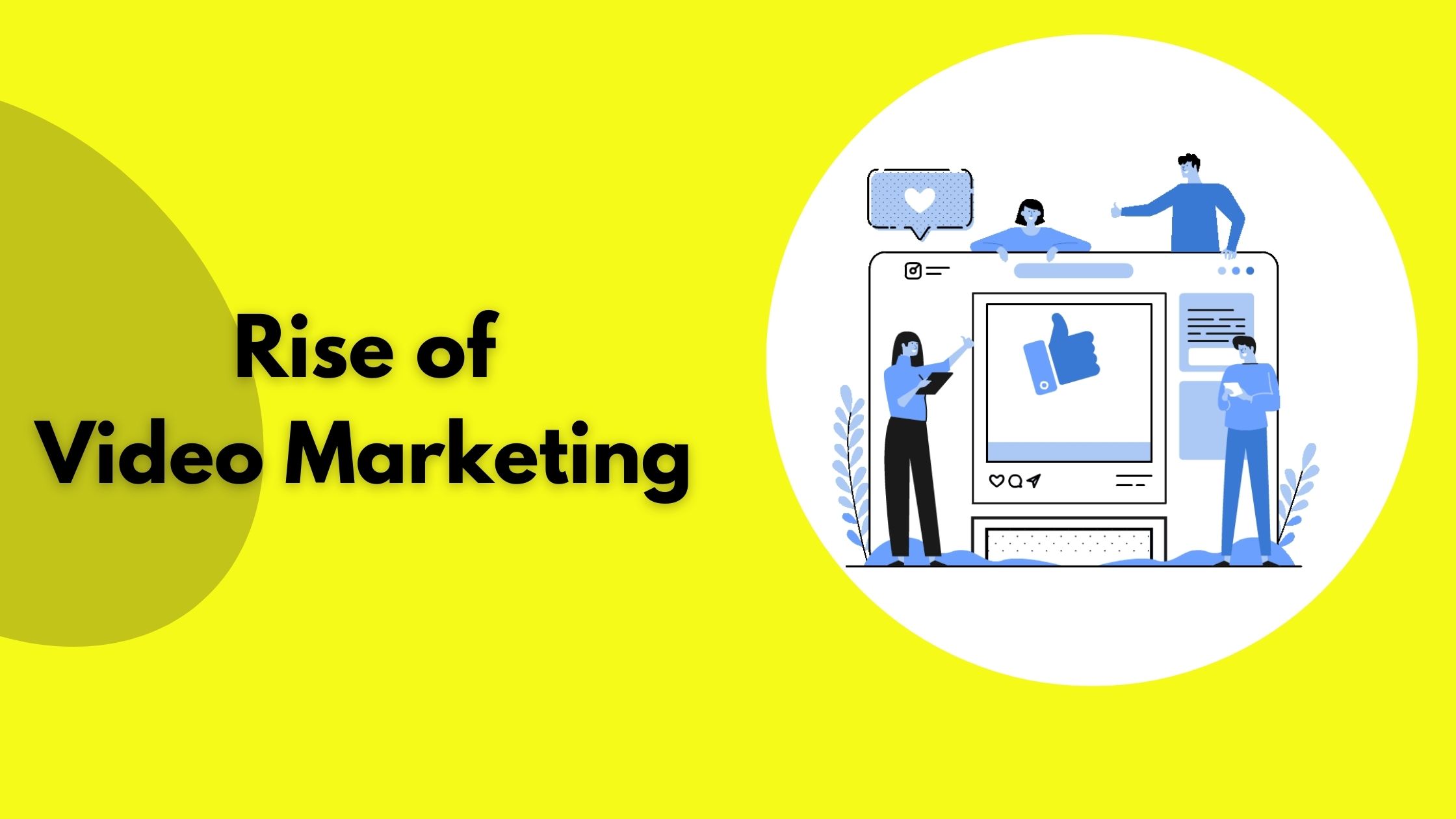


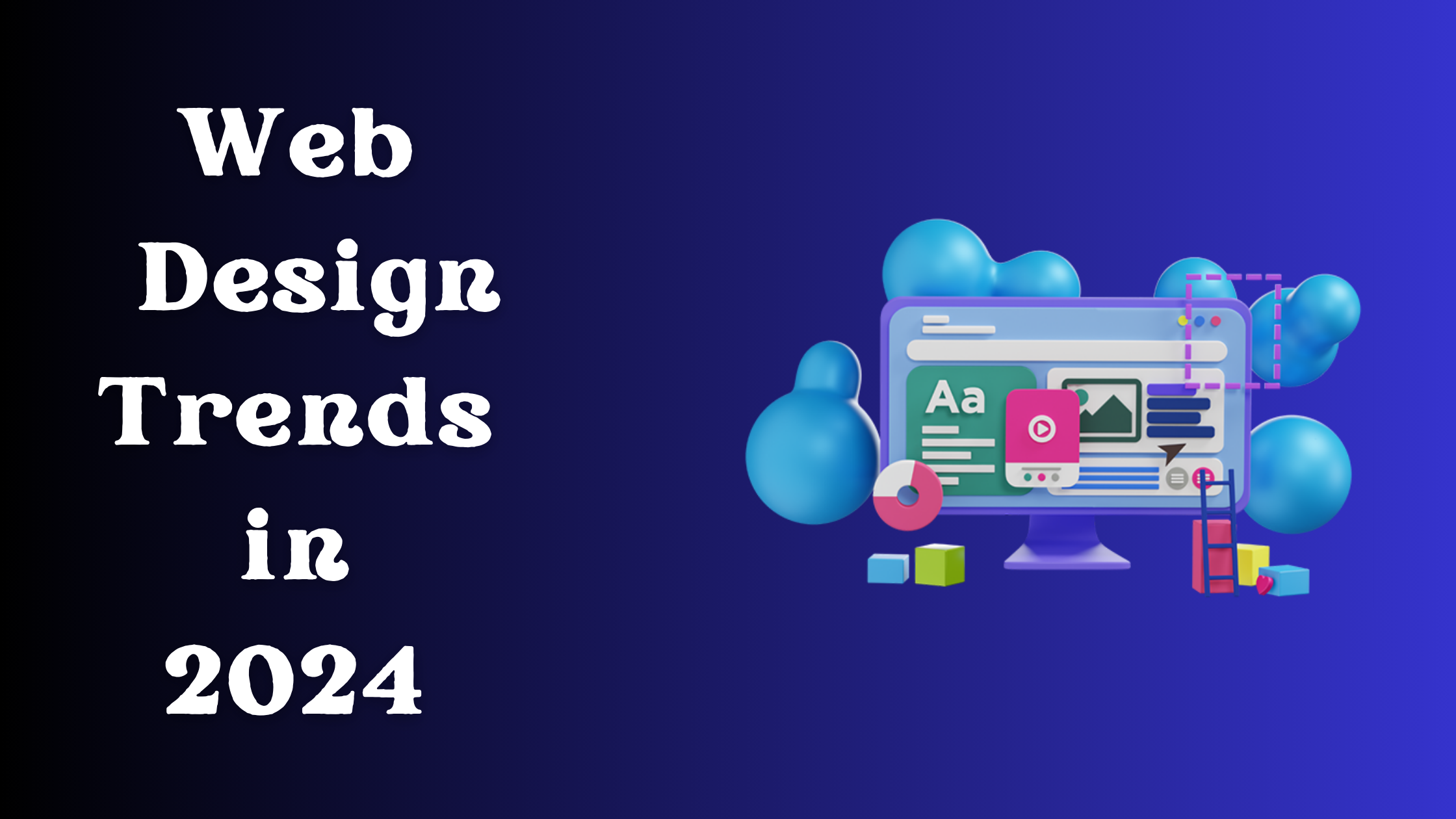

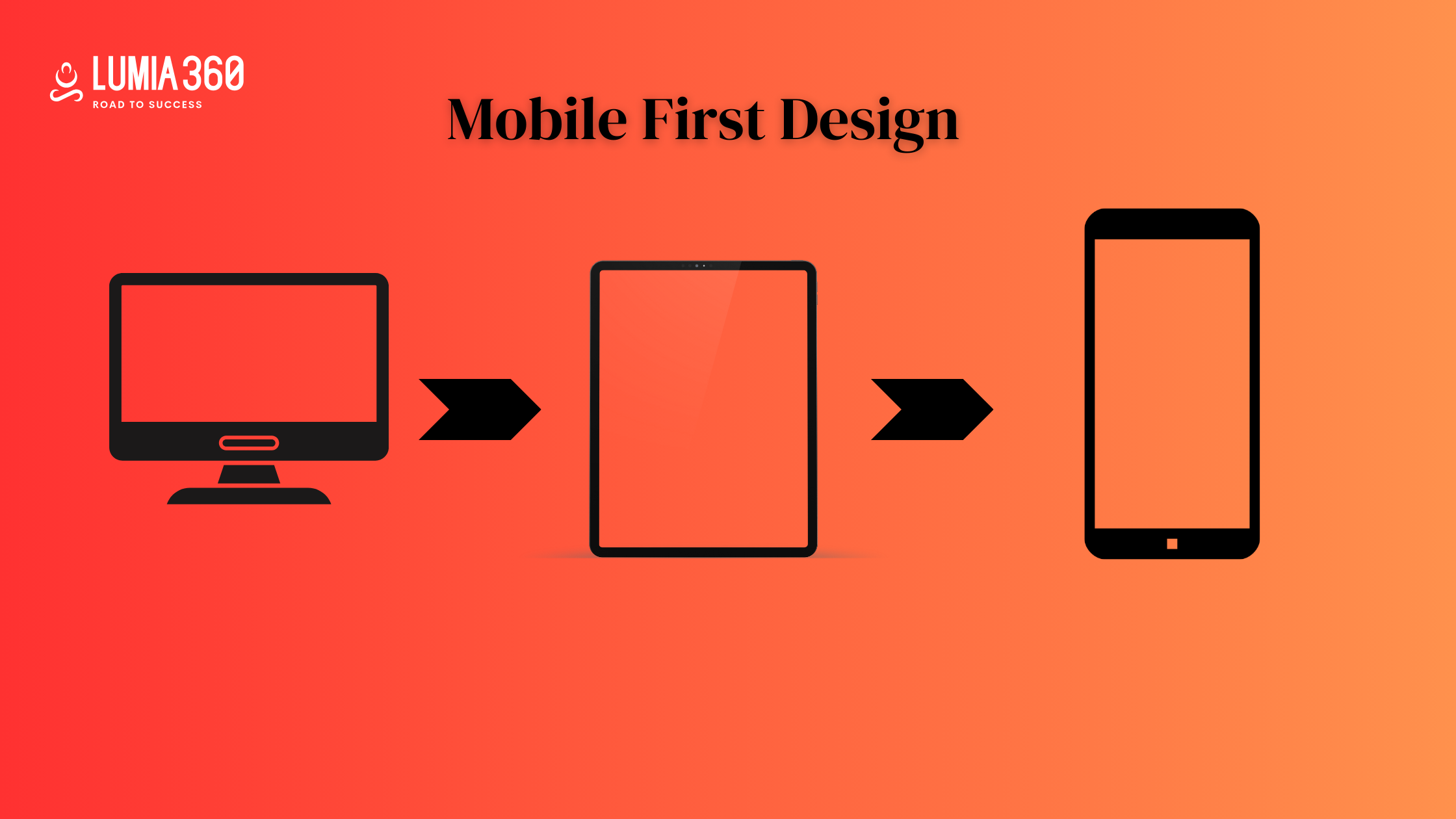
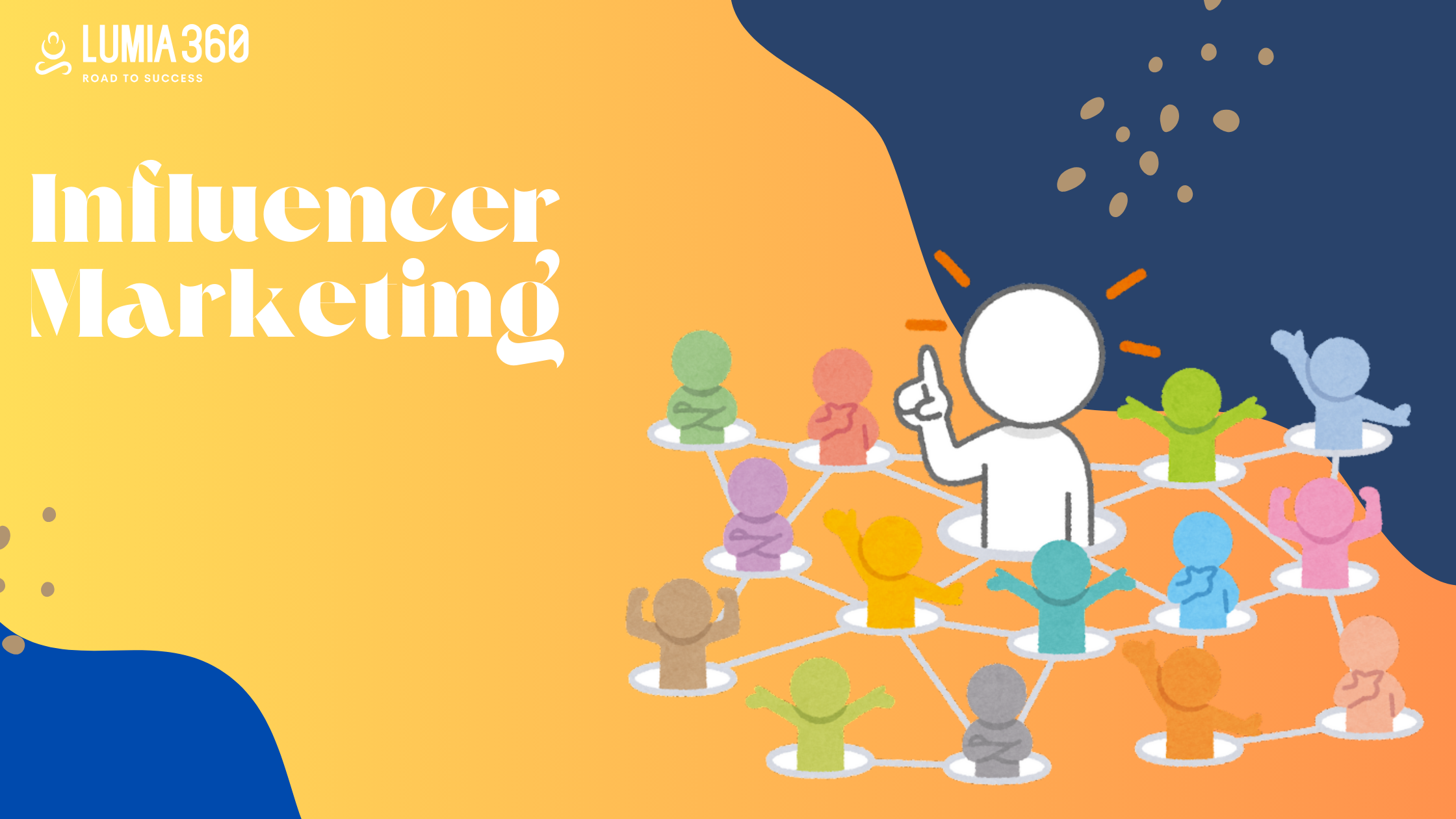


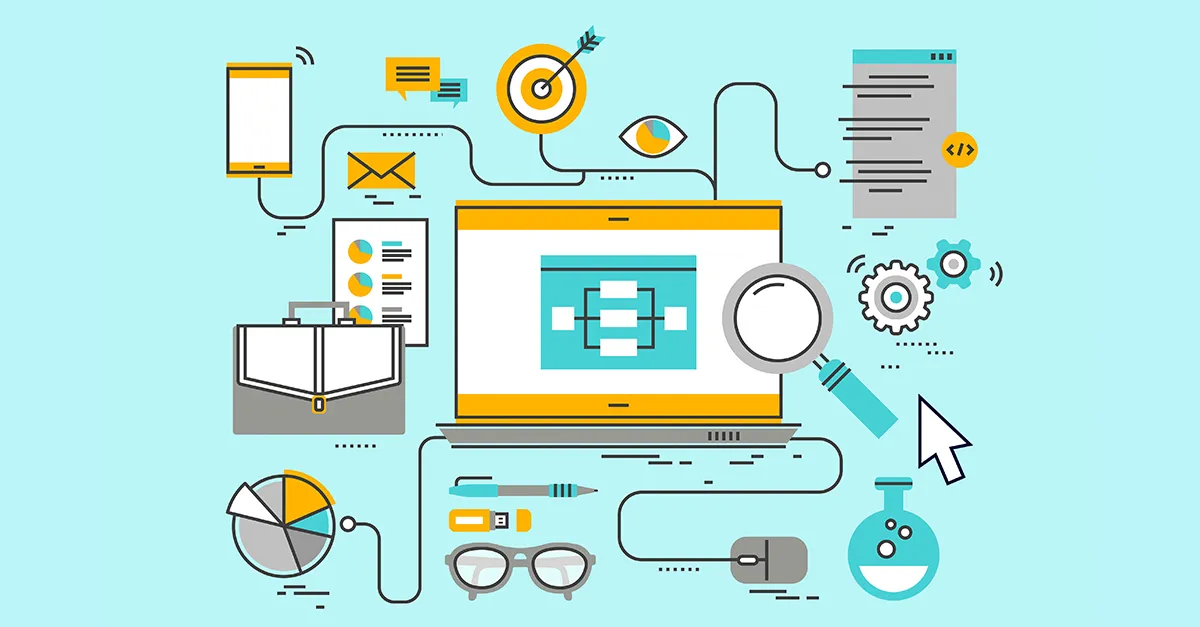
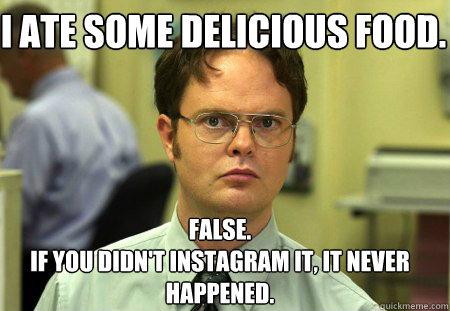

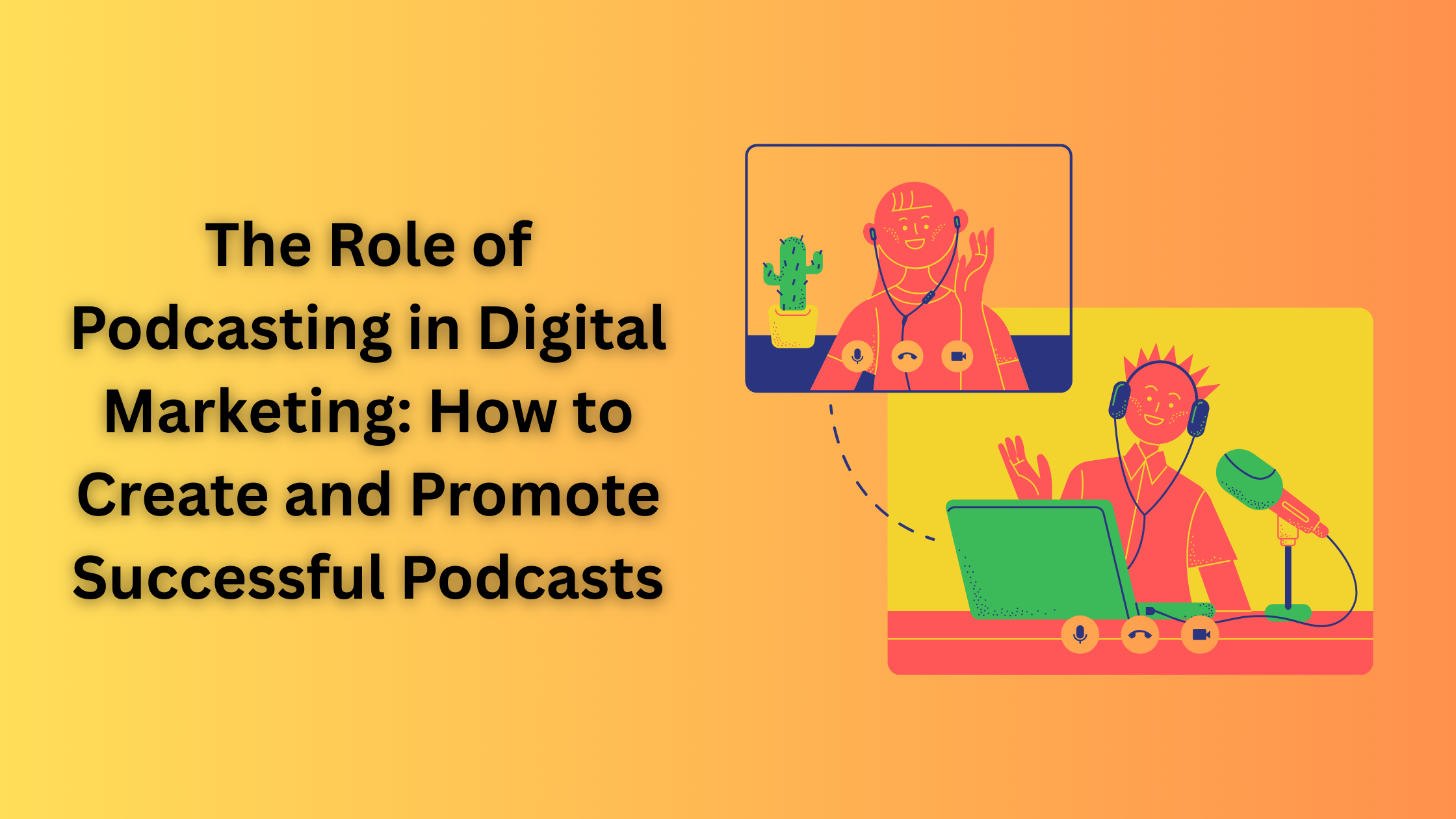
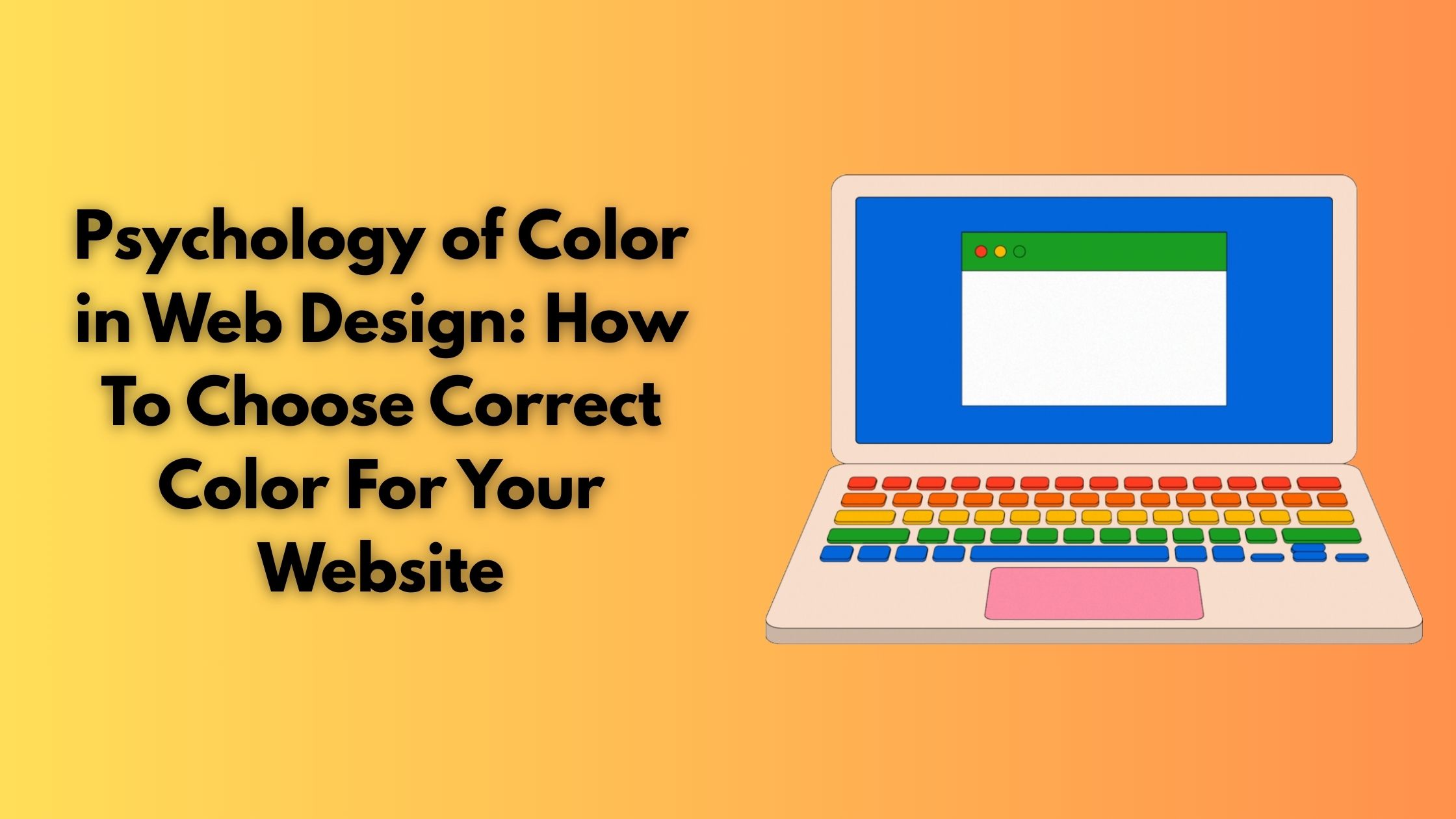

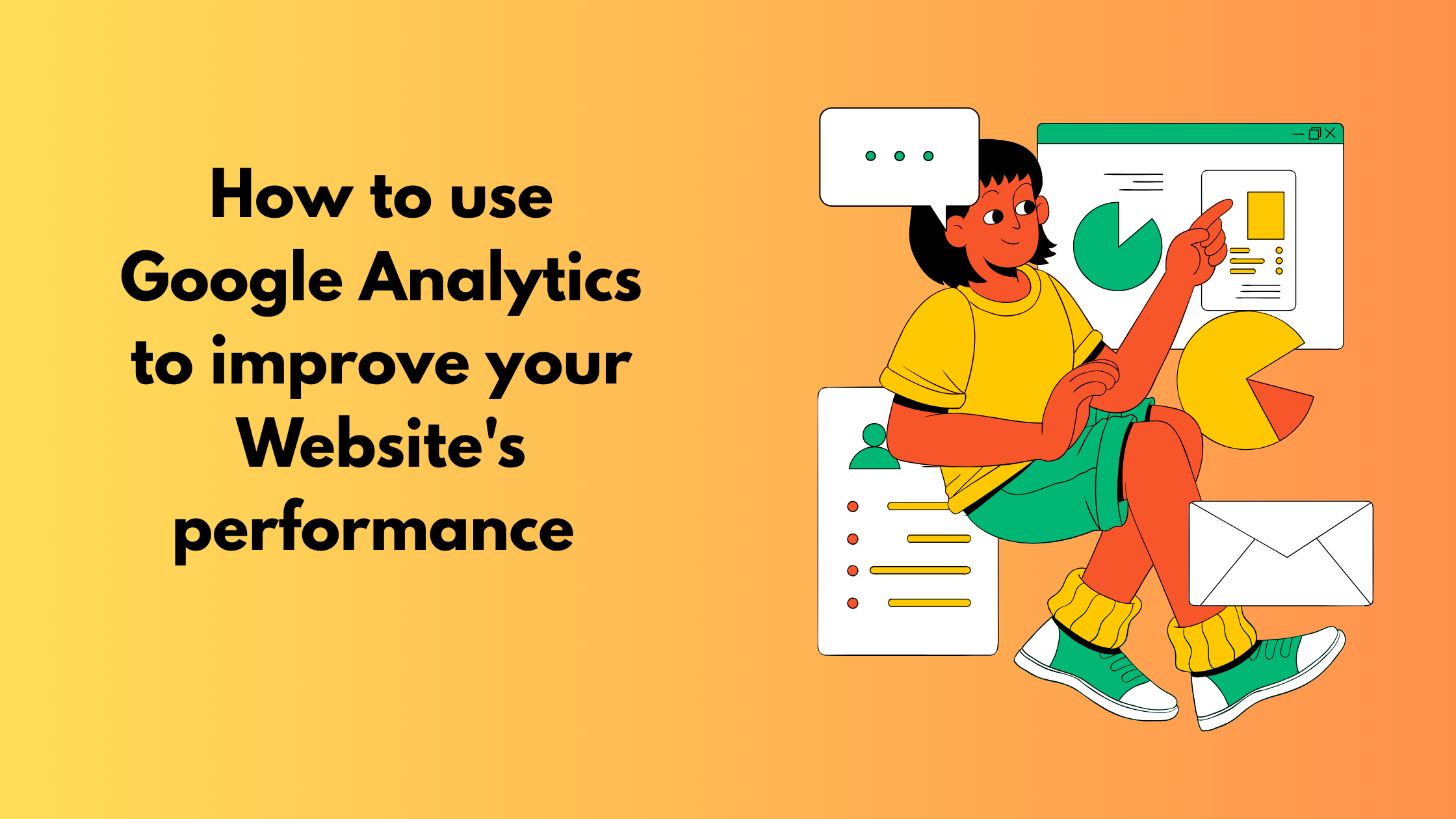

2 Comments
[…] Read Also: Effective email marketing strategies for small businesses […]
[…] Read Also: Effective email marketing strategies for small businesses […]